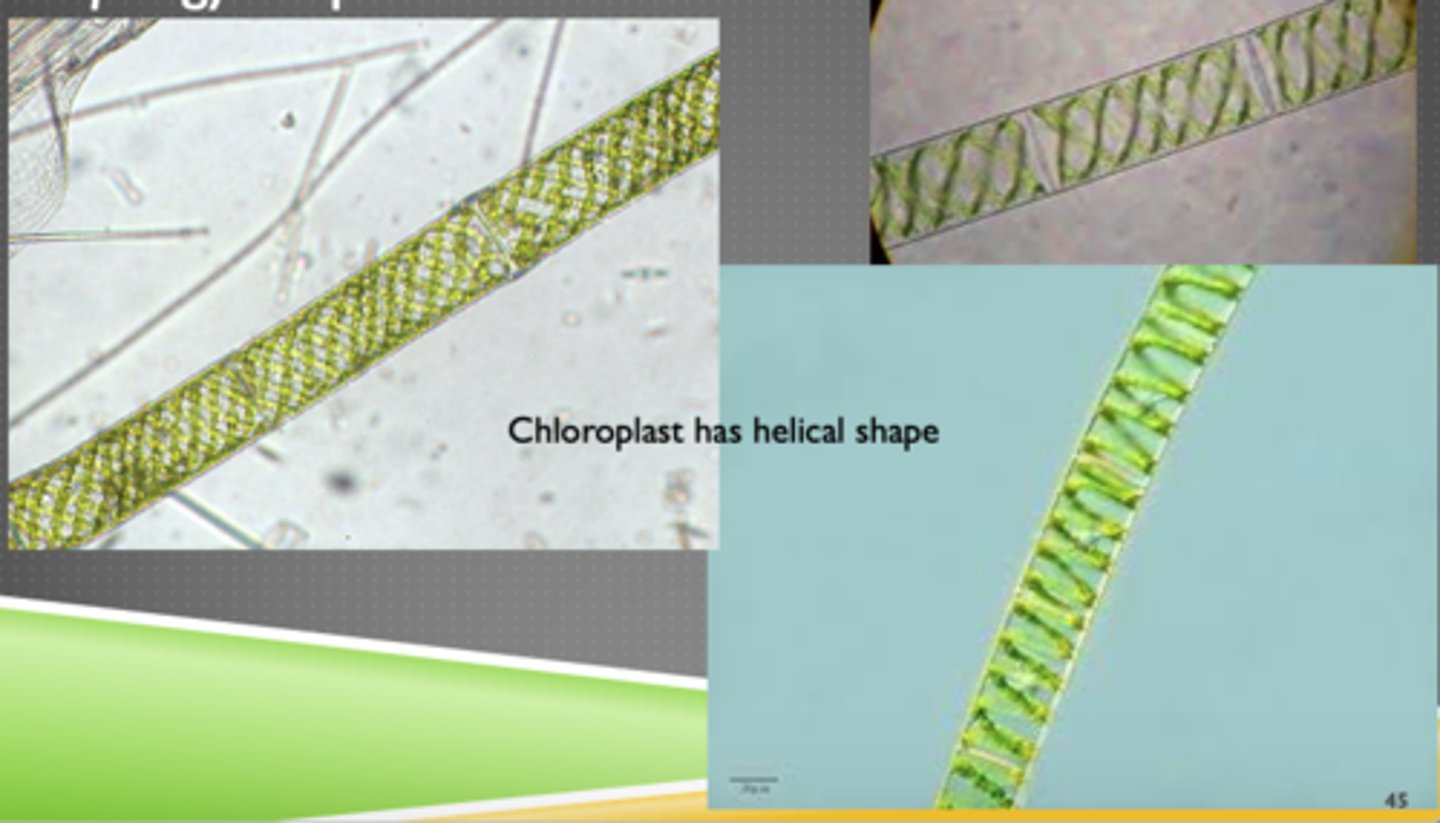Lab 2 Aquatic Environments
1/34
There's no tags or description
Looks like no tags are added yet.
Name | Mastery | Learn | Test | Matching | Spaced |
|---|
No study sessions yet.
35 Terms
Organism density (Organisms per liter of water calc.)
(# of organisms/cell vol ml) x (bottle vol ml/sampler vol L) = (# of org / Liters)
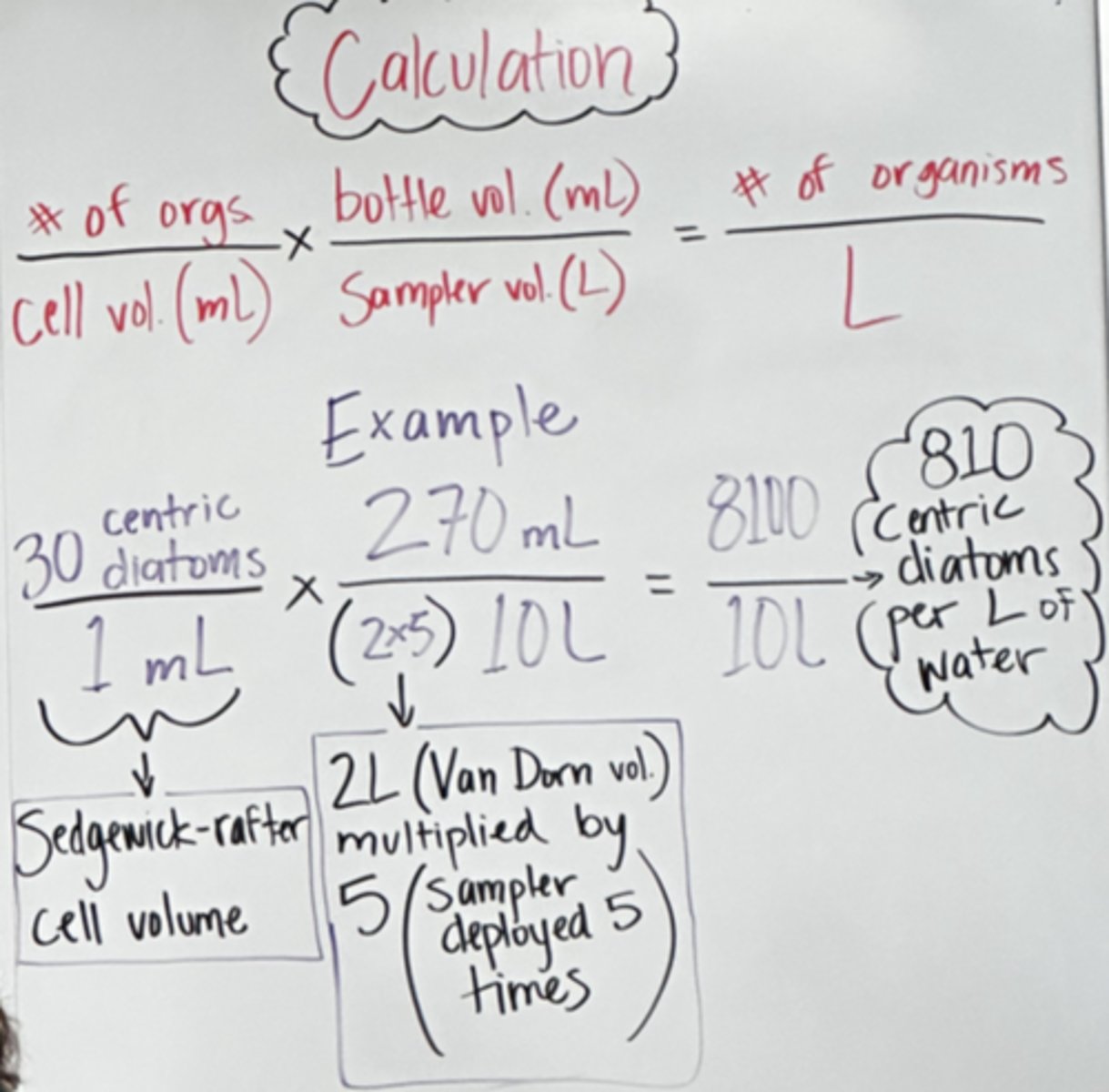
Lentic
Still water
Lotic
Flowing water
Pseudo-replication
The error that occurs when samples are not independent, but they are treated as though they are
How to avoid pseudo-replication
1). Choosing samples that intersperse replicate different treatment levels
2) don't sub-sample within experimental manipulations
Micropterus dolomieu, Smallmouth bass (O: Chordata)
FACTS:
- found in warmer water (streams/lakes)
- have compressed bodies
------------------
YOUNG:
- eat zooplankton and insect larva
------------------
OLD:
- are carnivorous
- needs clear water to hunt prey
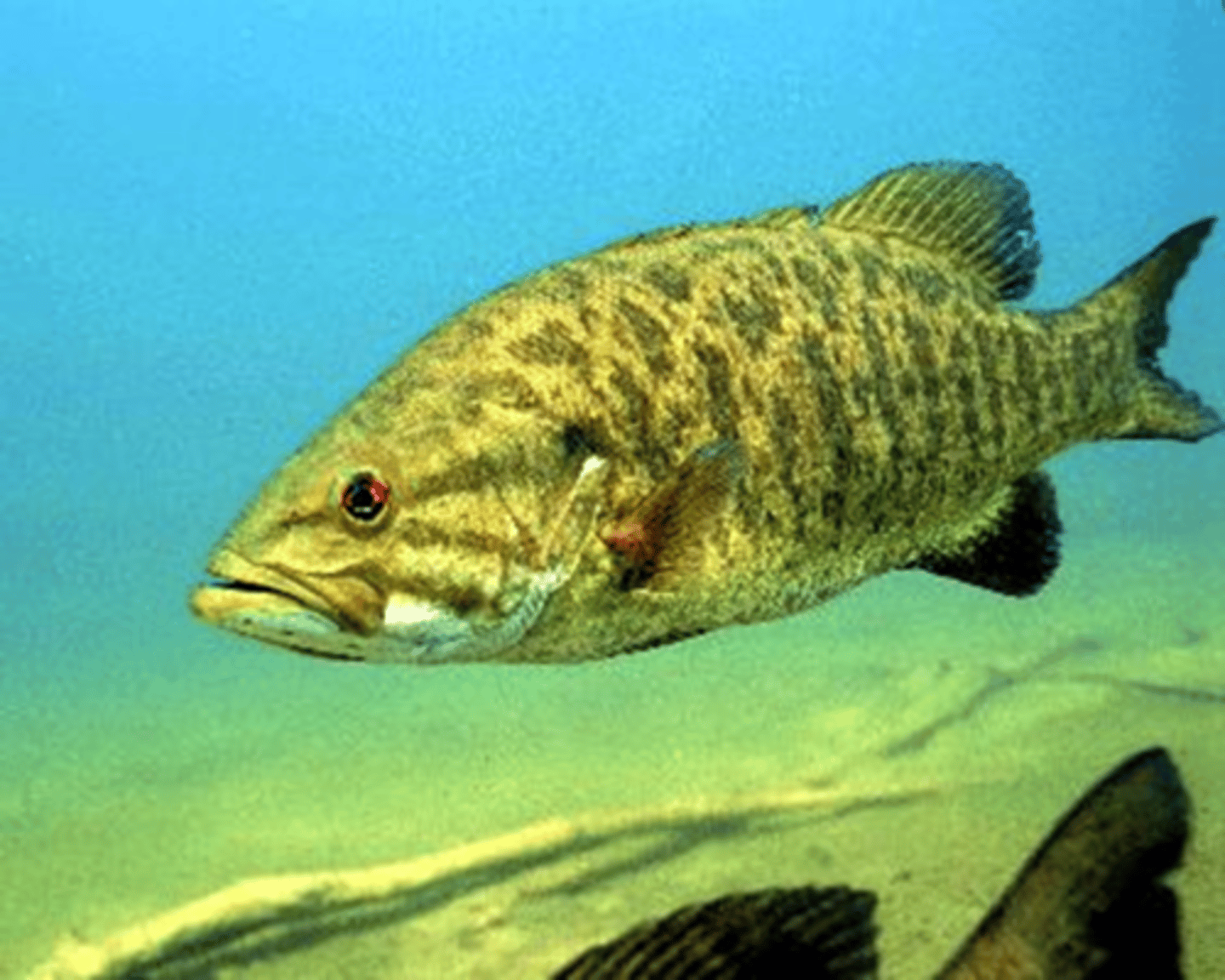
Salvelinus fontinalis, Brook trout (O: Chordata)
FACTS:
- found in areas below 65°F
- require colder water to survive
- have a high oxygen content are adapted to low nutrient water
- can withstand higher velosity areas
- feeds on aquatic insects
- as adults they are pescators
- are slim and elongated (making them hydrodynamic)
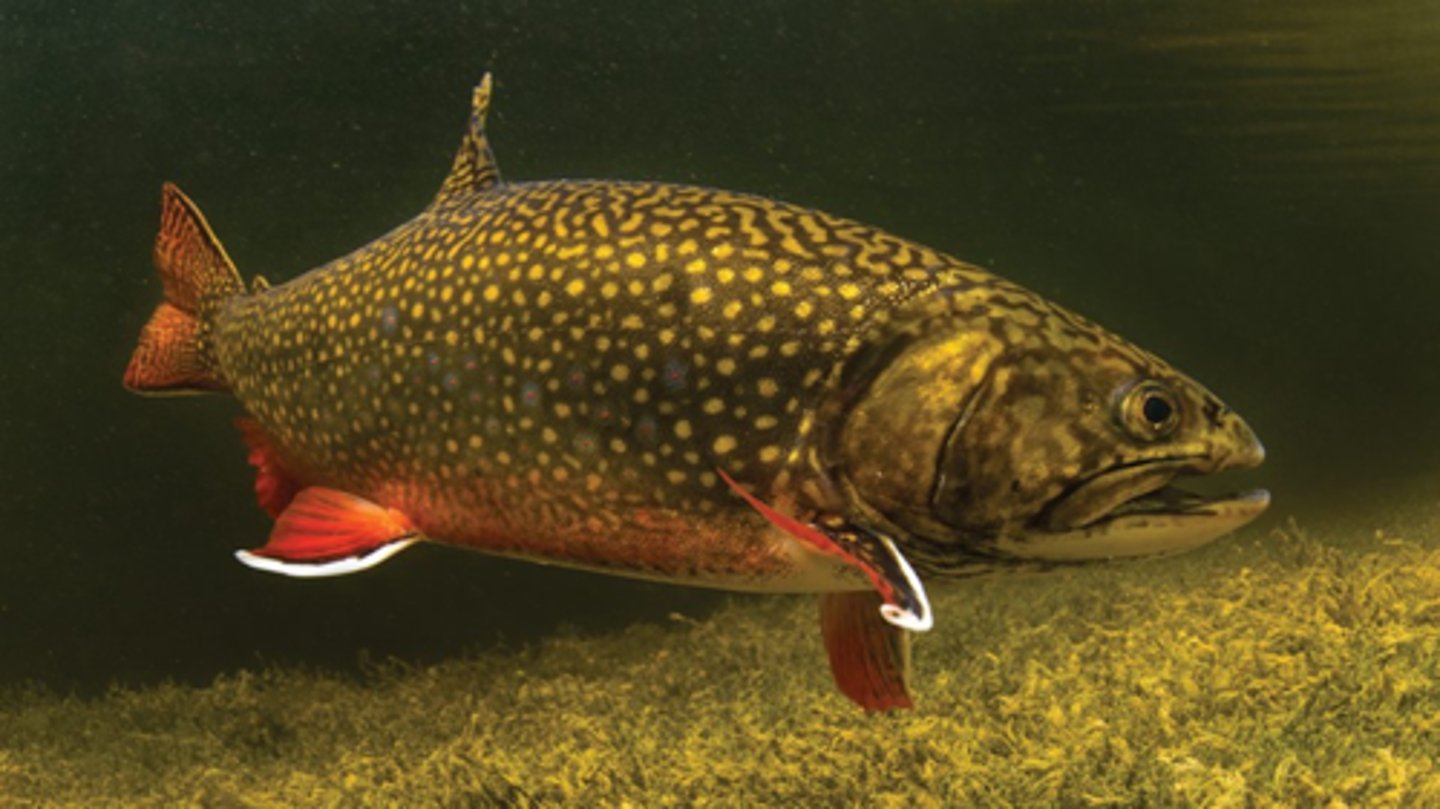
Hexeginia, Mayfly (O: Ephemeroptera)
Grazer/ Collector
-------------------
FEATURES:
- look for 3 caudal filaments (head, thorax, abdomen)
- abdominal furry filaments
- can make U-shaped sediment
- have a high oxygen content
- feeds on organic matter / decaying material
- found in slow moving waters
- as they grow they have wings
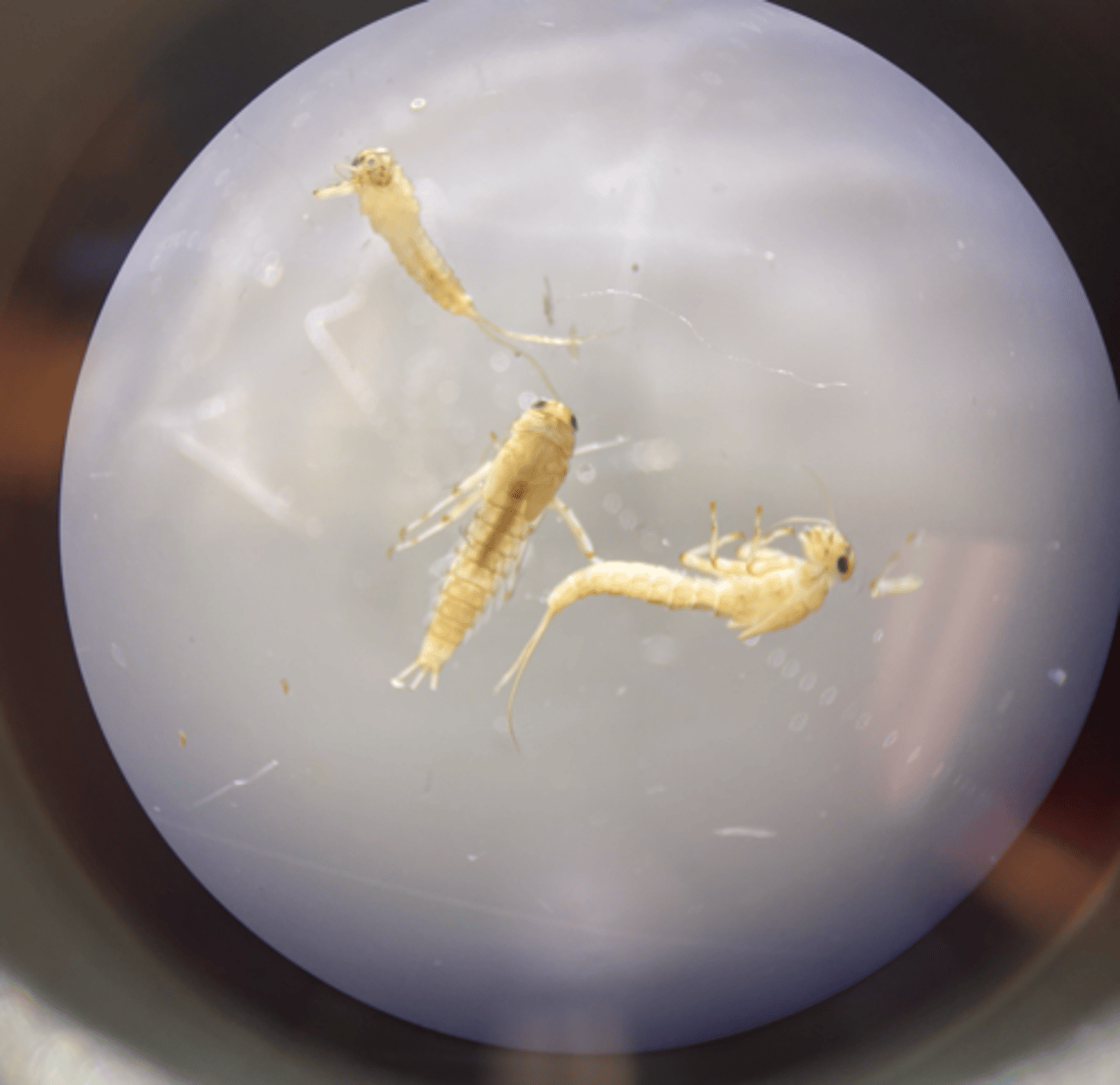
Perla, Stonefly (O: Plecoptera)
Shredder
-------------------
FEATURES:
- have 2 robust cerci in the abdomen
- have tuffs
- found in fast-moving/cold streams
- needs high amounts of oxygen
- clings substrate at high velocities
- feeds on CPOM
- can't stand in polluted waters
- have thoracic gills
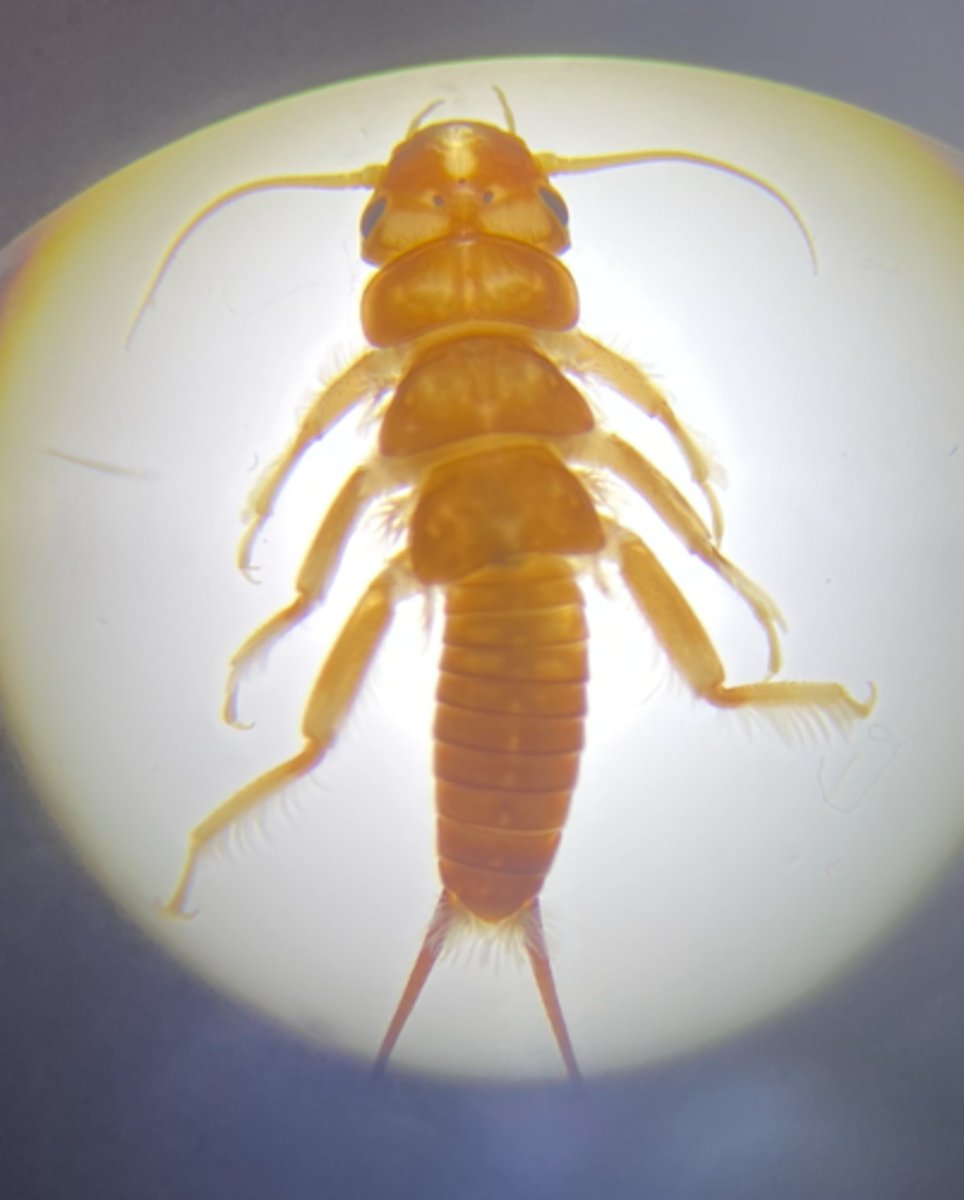
Net-Spinning Caddisfly (O: Trichoptera)
Collector
-------------------
FEATURES:
- stuff gets stock on net and filters
- are "filtering collectors"
- found in lotic/cold streams
- eat detritus (algae)
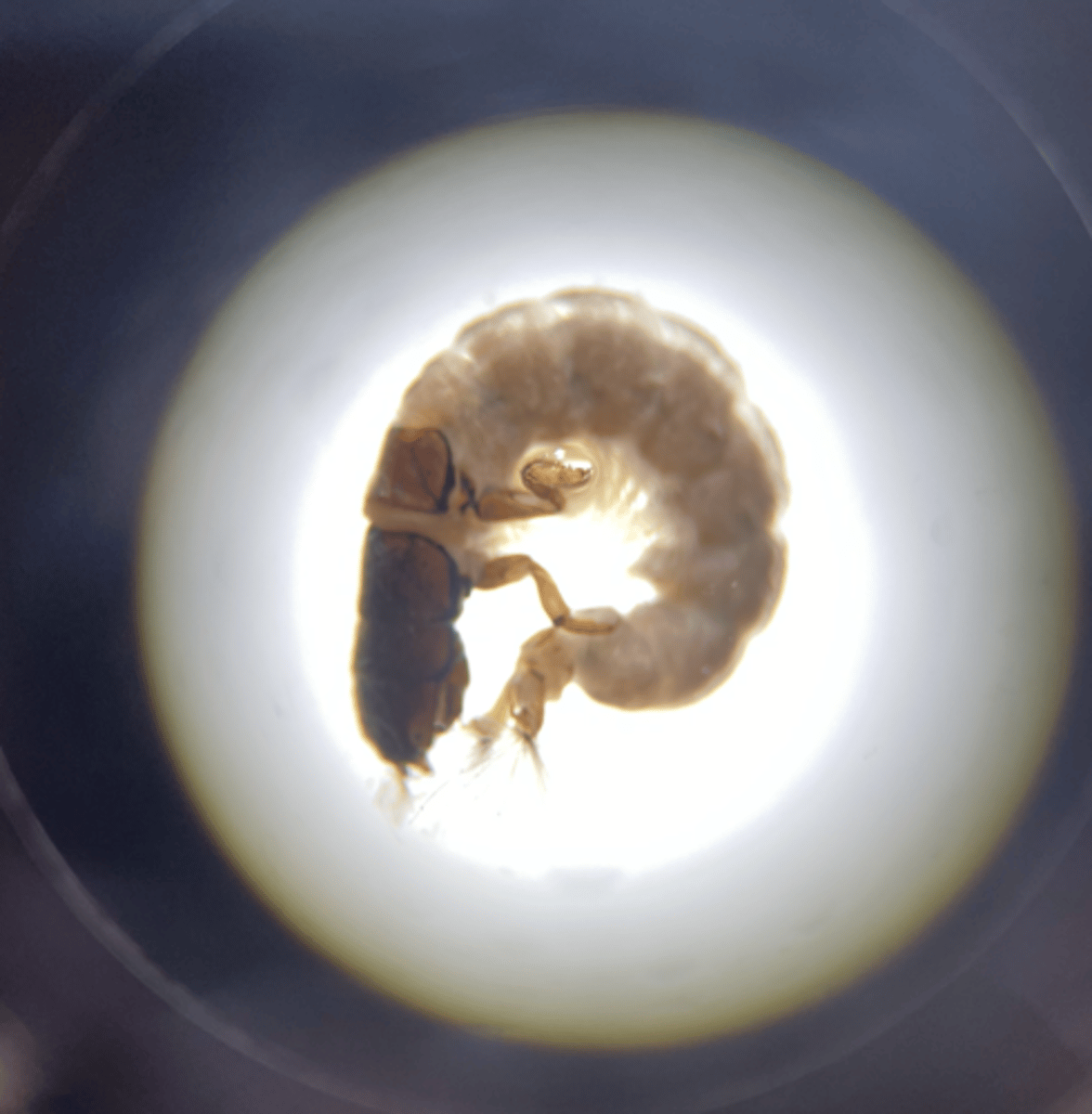
Stone Cased Caddisfly (O: Trichoptera)
Grazer
-------------------
FEATURES:
- builds stone case around themselves
- uses the stone case for protection
- Stone case helps with facilitating respiration
- has a darker platting in the first 3 sections of the body
- found in lotic streams (colder water)
- have abdominal gills
- 2-3 plates by head
- 1-3 plates after head
- eat detritus (algae)
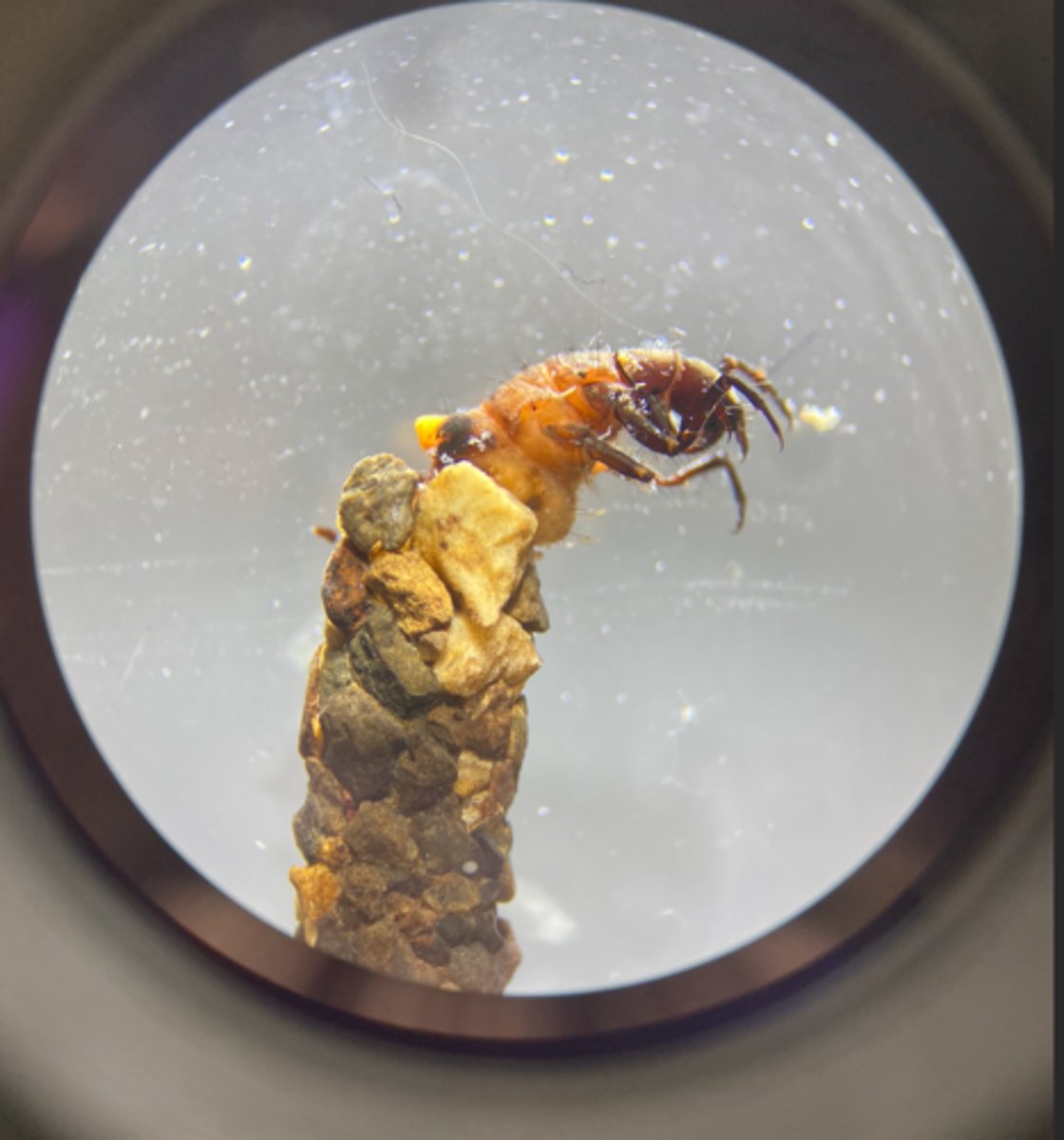
Psephenus, Water penny (O: Coleoptera)
Grazer
-------------------
FEATURES:
- feed on phytoplankton
- have flat body to limit resistance
- filamentous gills along abdomen
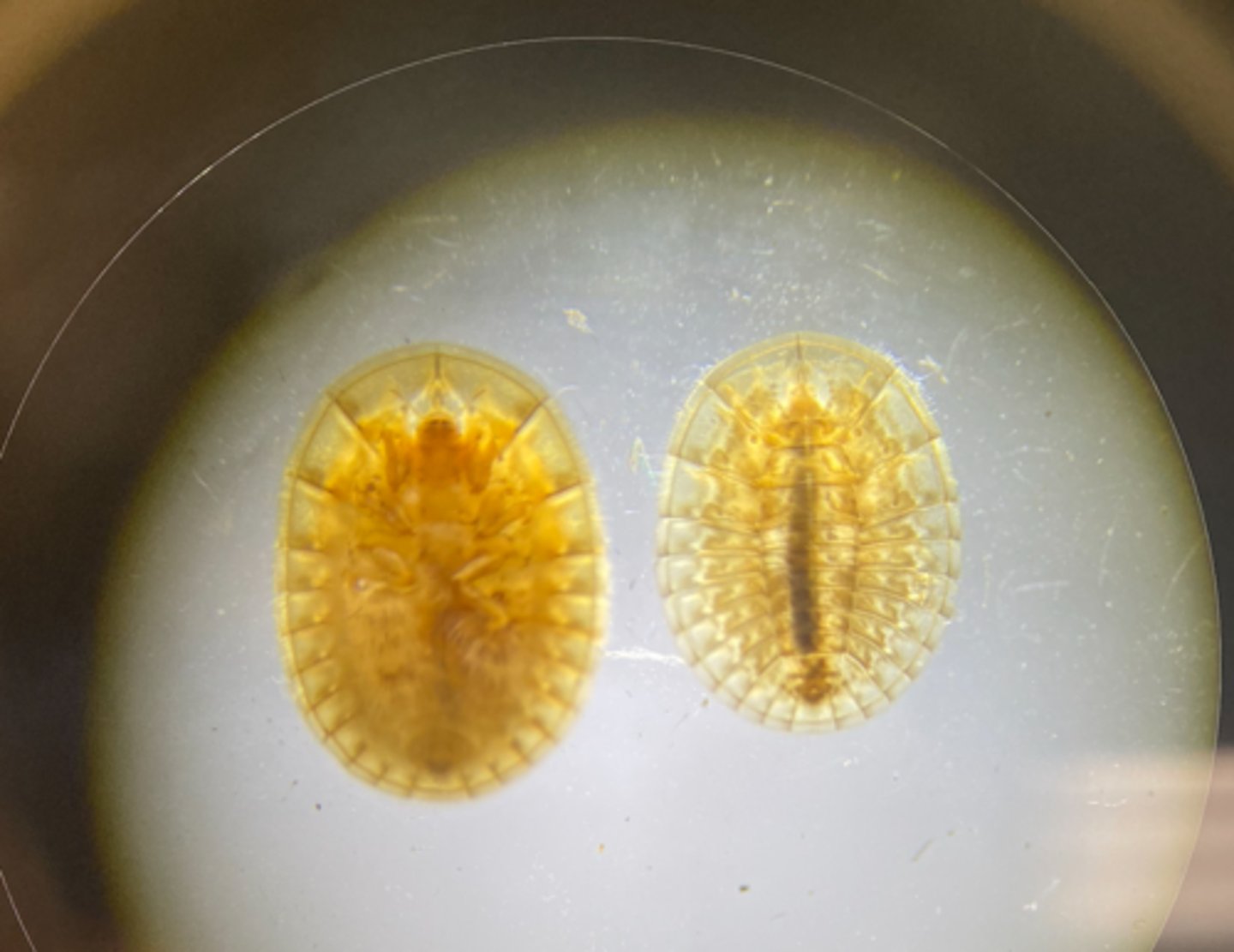
Chironomidae, bloodworms (O: Diptera)
FEATURES:
- found in lentic/warmer systems
- can also be found in slow moving lotic streams
- are detritivores
- are dominant in polluted waters (poor water quality)
- has a pill (head like plate)
- has a pair of unjointed legs at rear
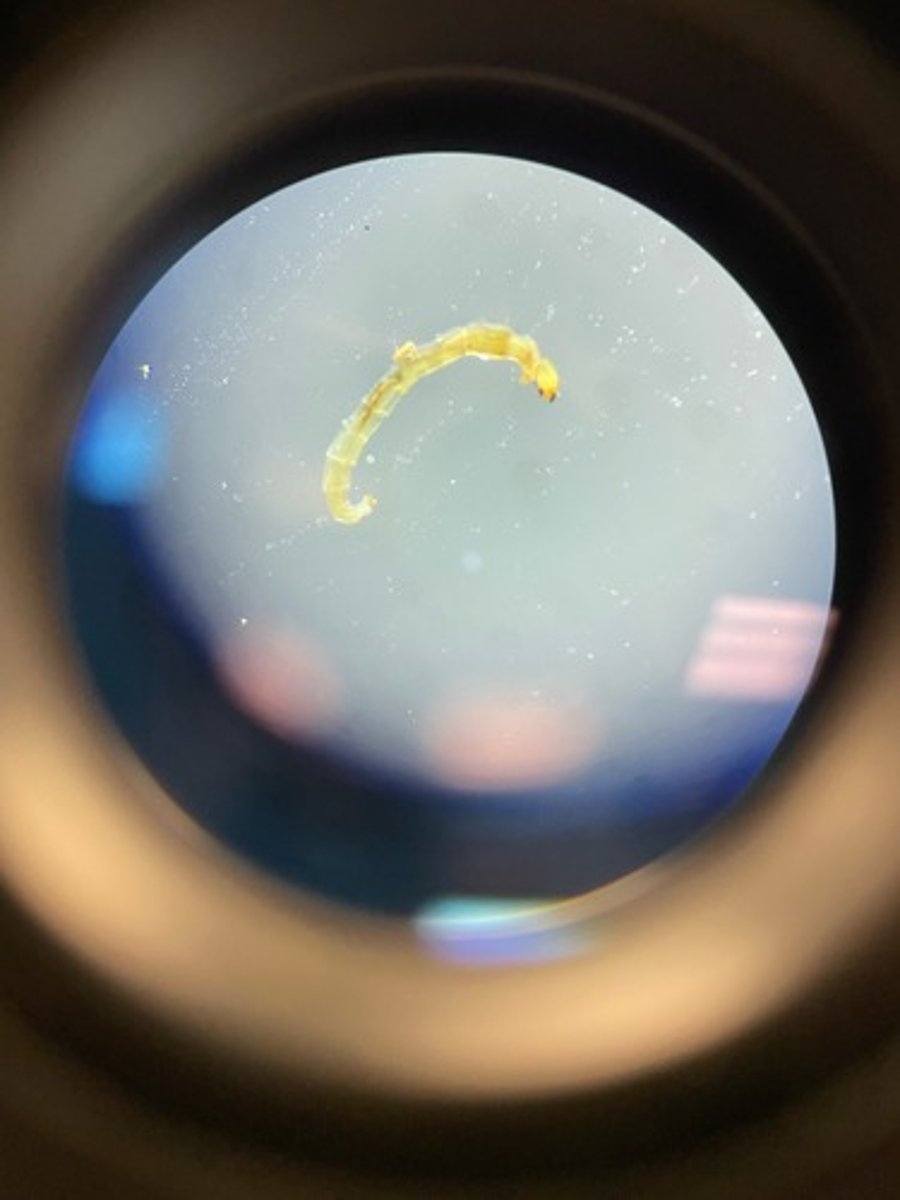
Tipulidae, Crane-fly (O: Diptera)
Gouger
-------------------
FEATURES:
- has a gummy structure
- dosent hava a distinct head or leg shape
- does not have gills
- has spiracles (used for respiration)
- are found near the surface of the water
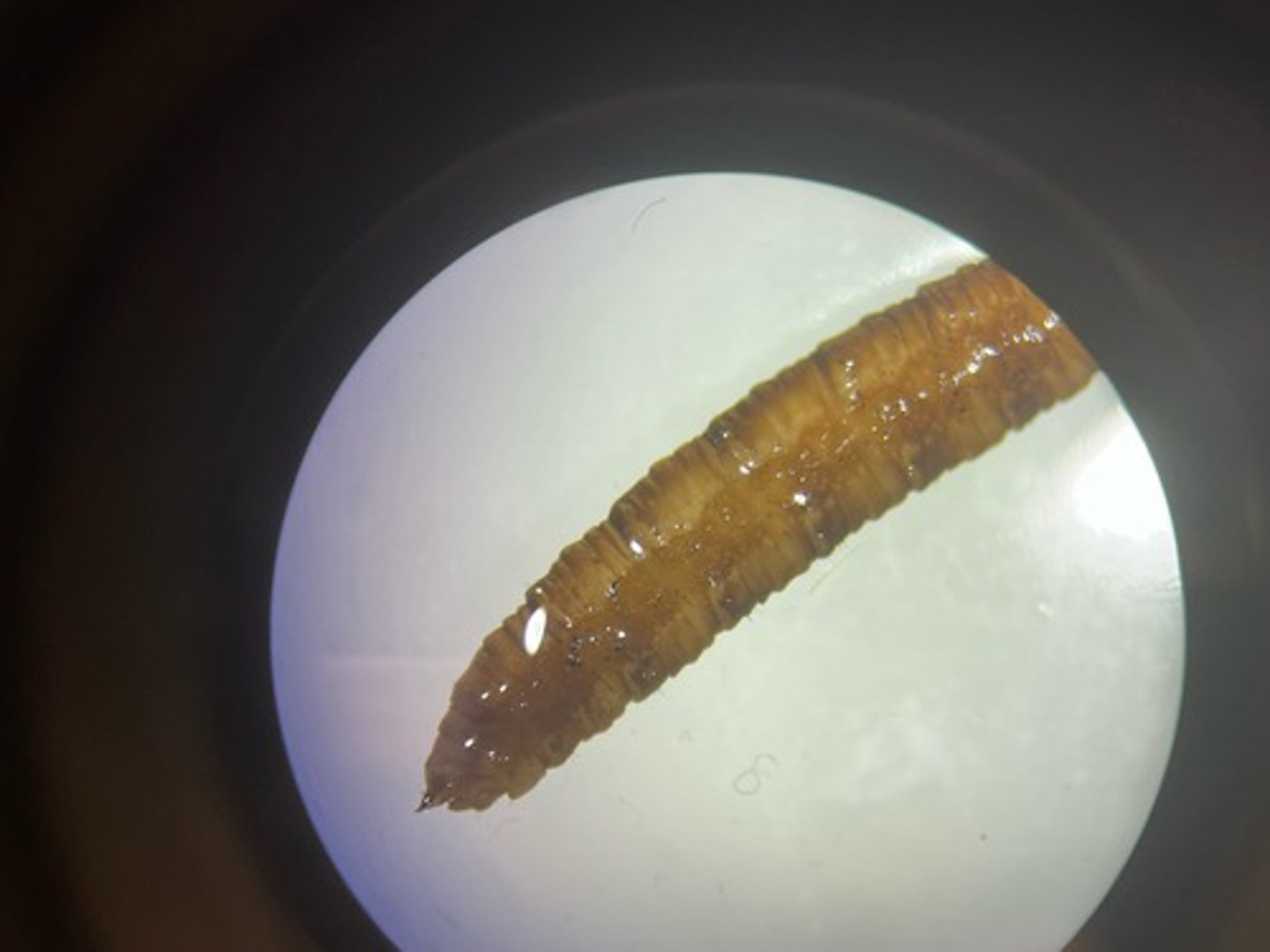
Hellgrammite (O: Megaloptera)
Predator
-------------------
FEATURES:
- have a large mandibles
- have long lateral abdominal gills (look like legs
- hooked anal prolegs
- can tolerate more pollution (poor water qualities)
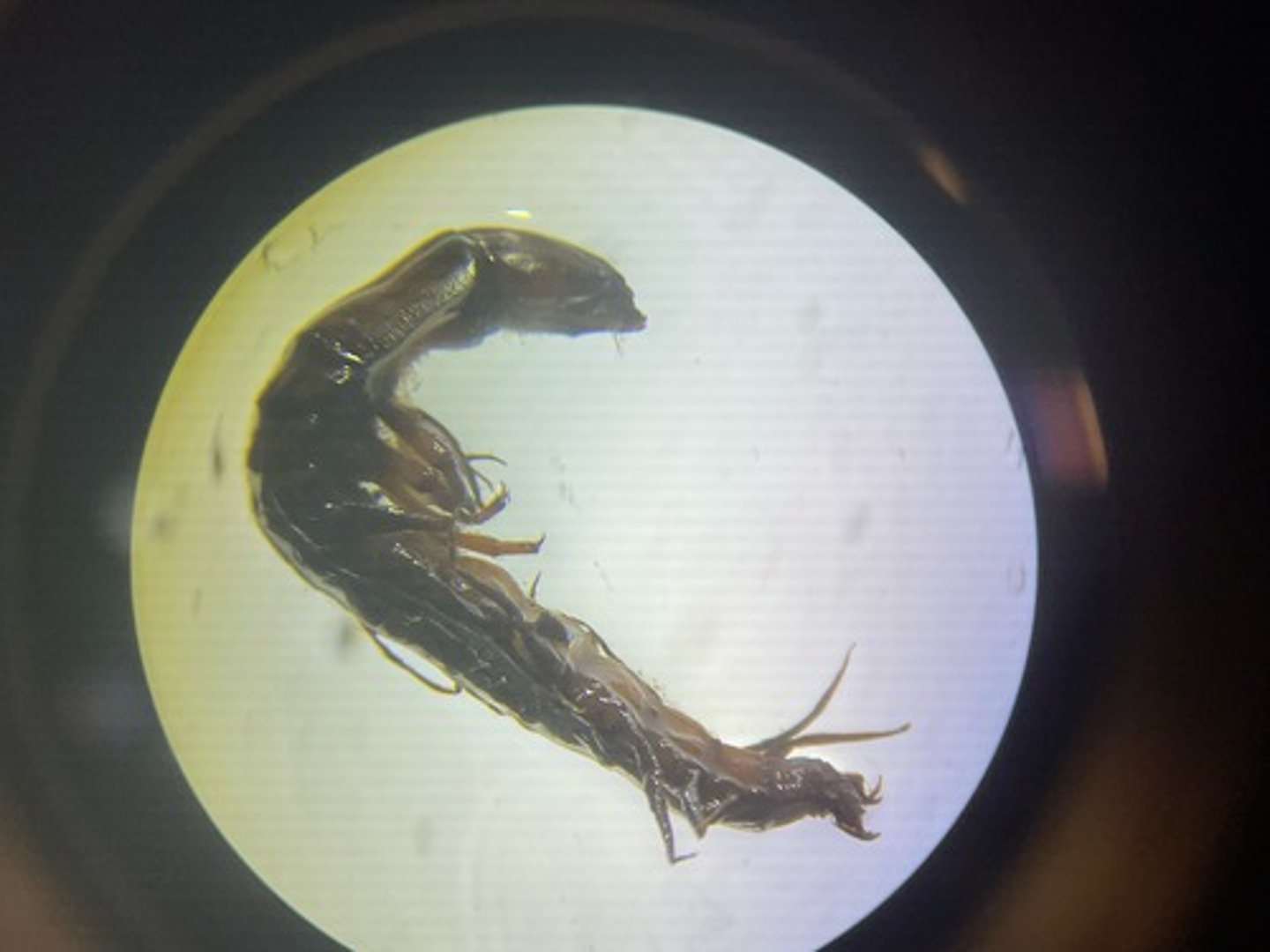
Chironomidae, Midge (O: Diptera)
Collector
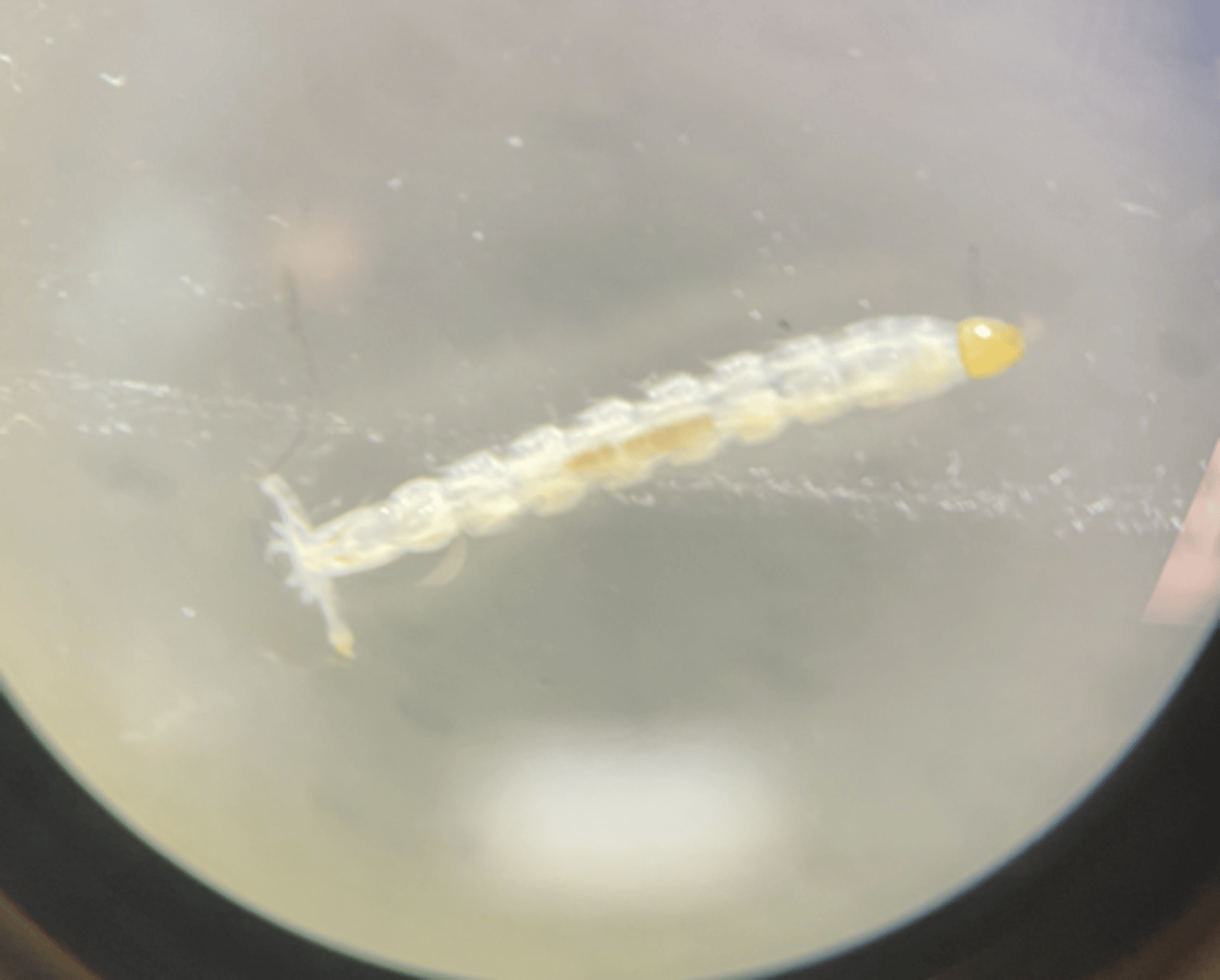
Heptageniiade, Mayfly
Grazer
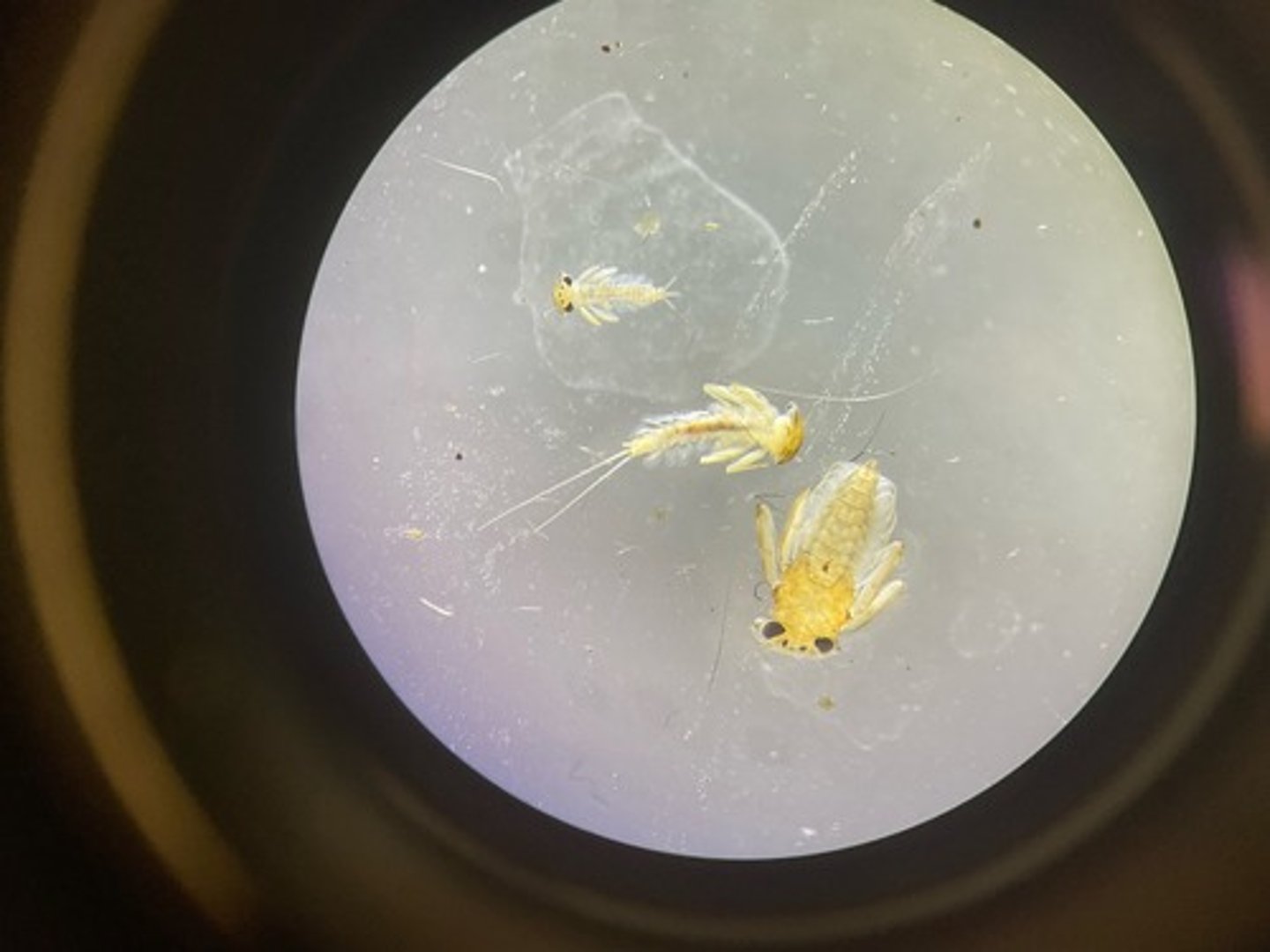
Coenagrionidae, Damselfly (O: Odonata)
Predator
Coenagrionidae, Damselfly (O: Odonata)
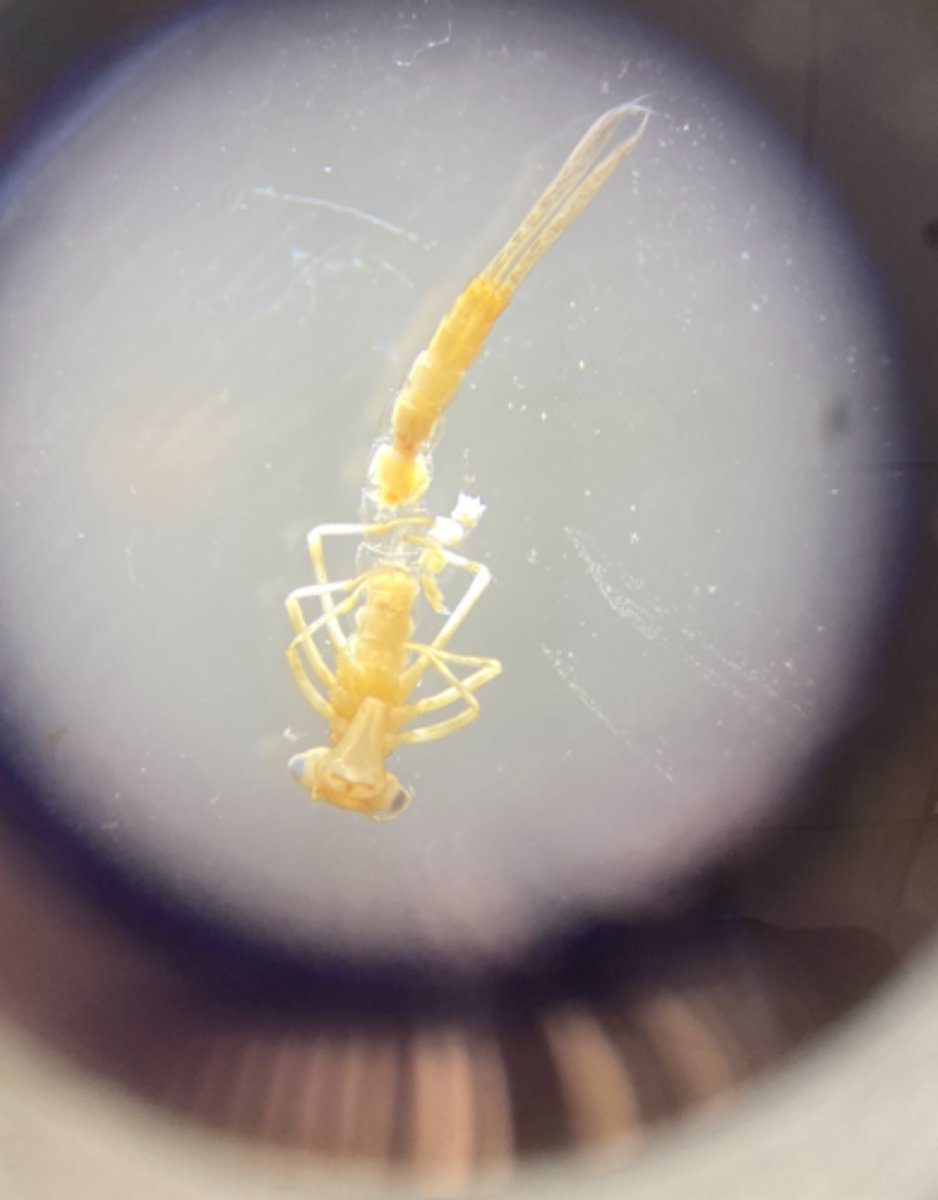
genus: hexegenia, common name: mayfly (O: Ephemeroptera)
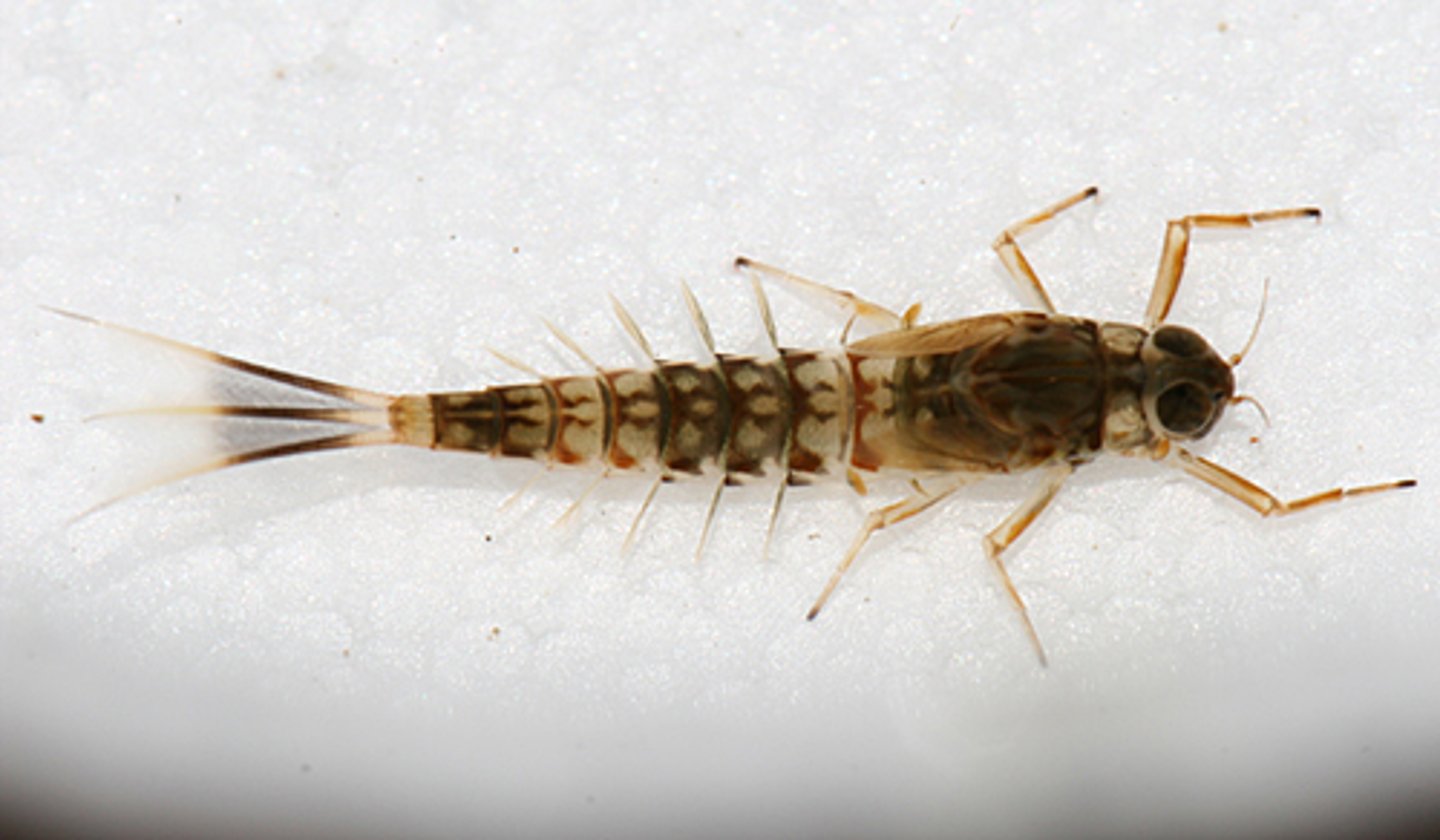
Van Dorn
- used for surface, close to edges
- littoral zone
- can hold 2L
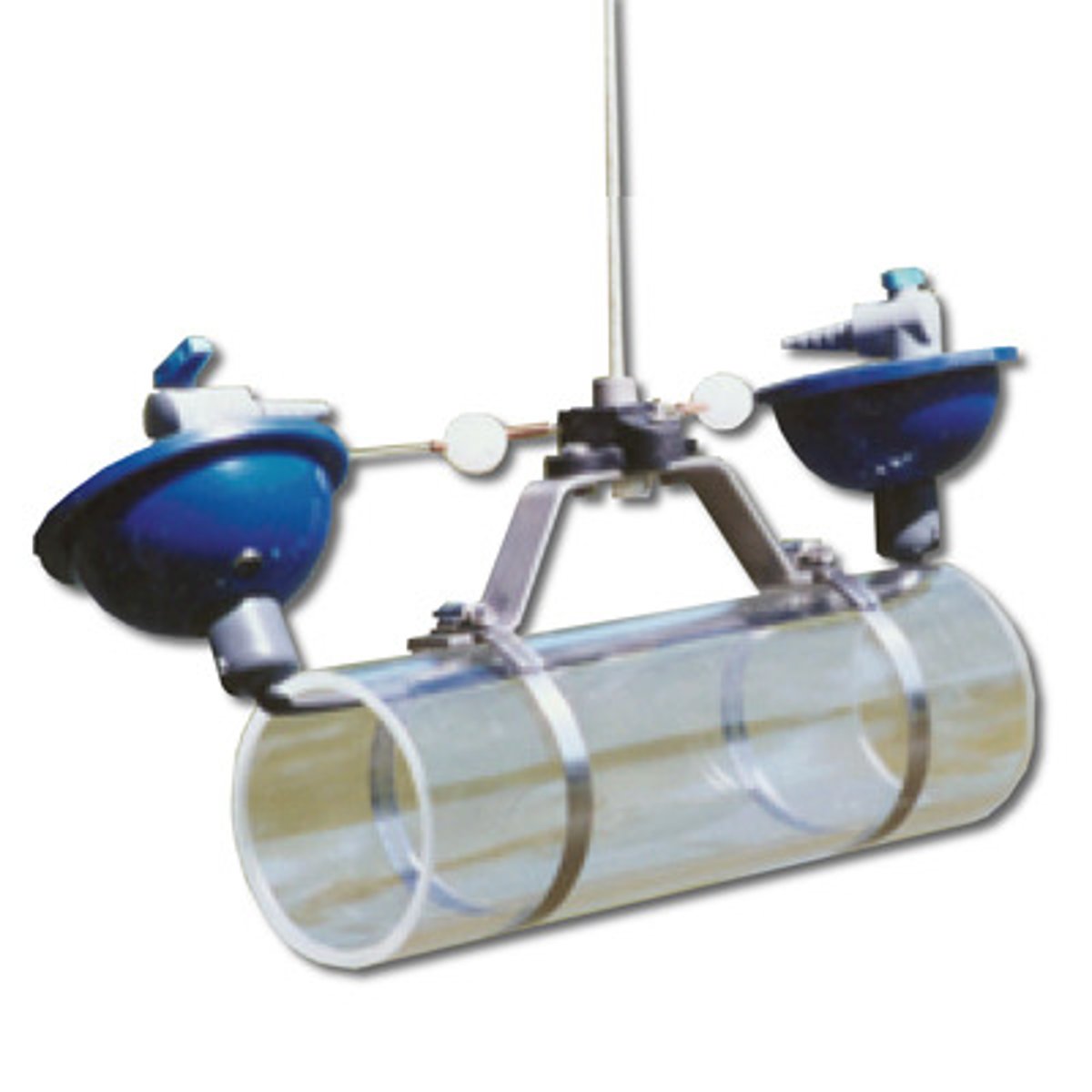
Schindler-Patalas
- top and bottom
- can hold 30L
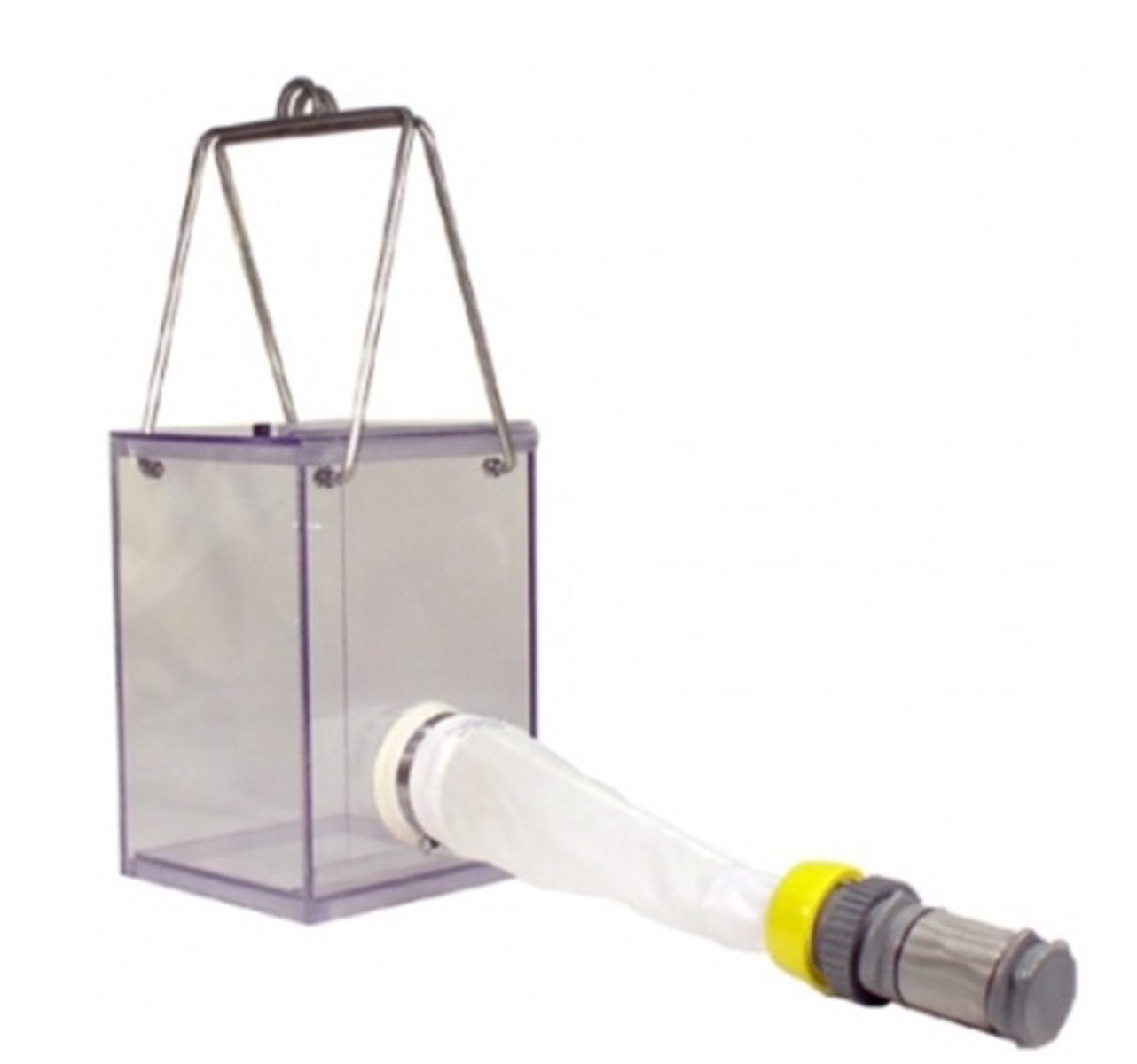
Sedgewick-Rafter counting cell
- used to observe different cells
- use only 4x and 10x objectives
- start from the bottom right and go in snake direction until you stop at the bottom left
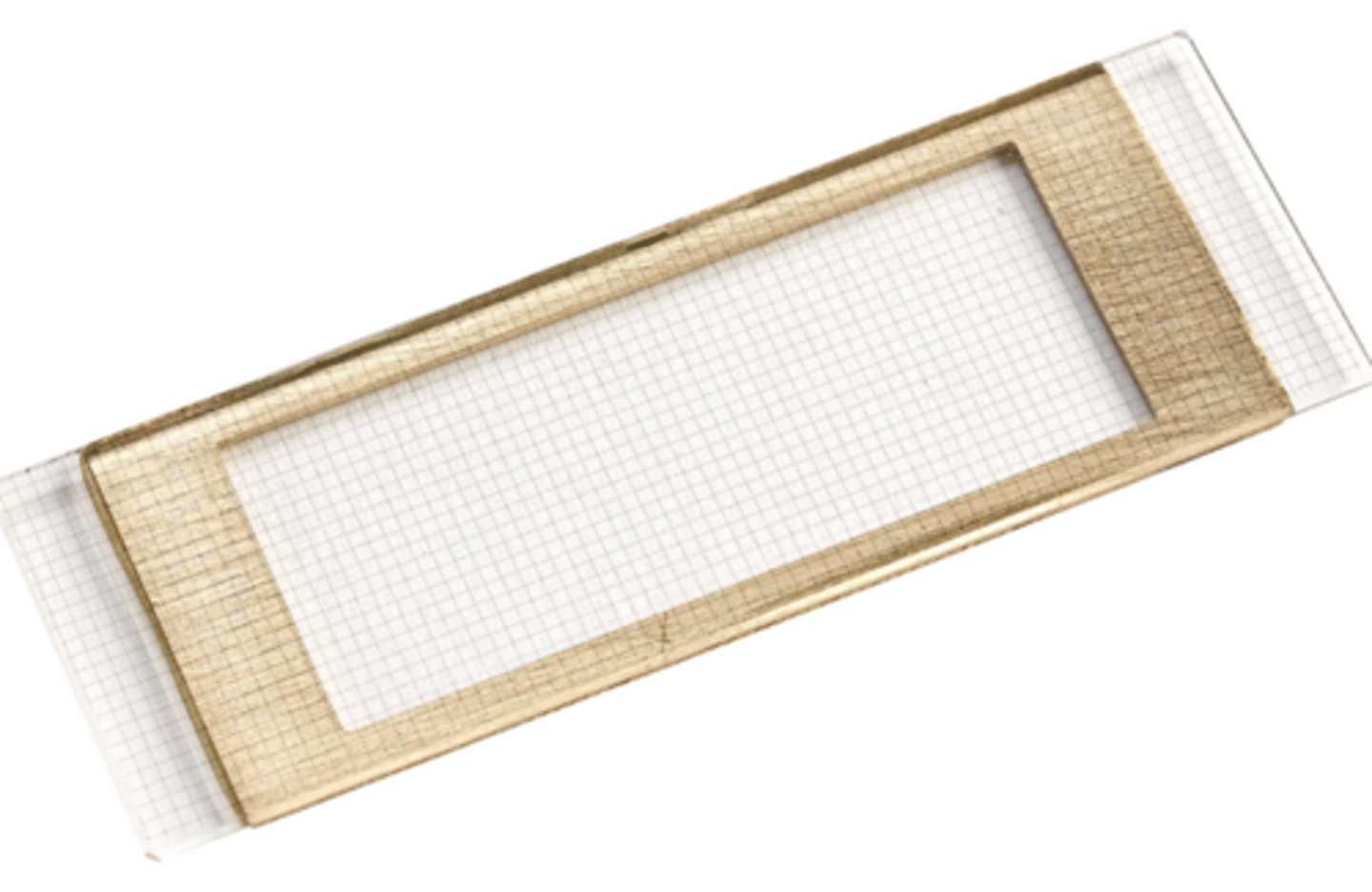
crustacea - Adult copepoda
zooplankton
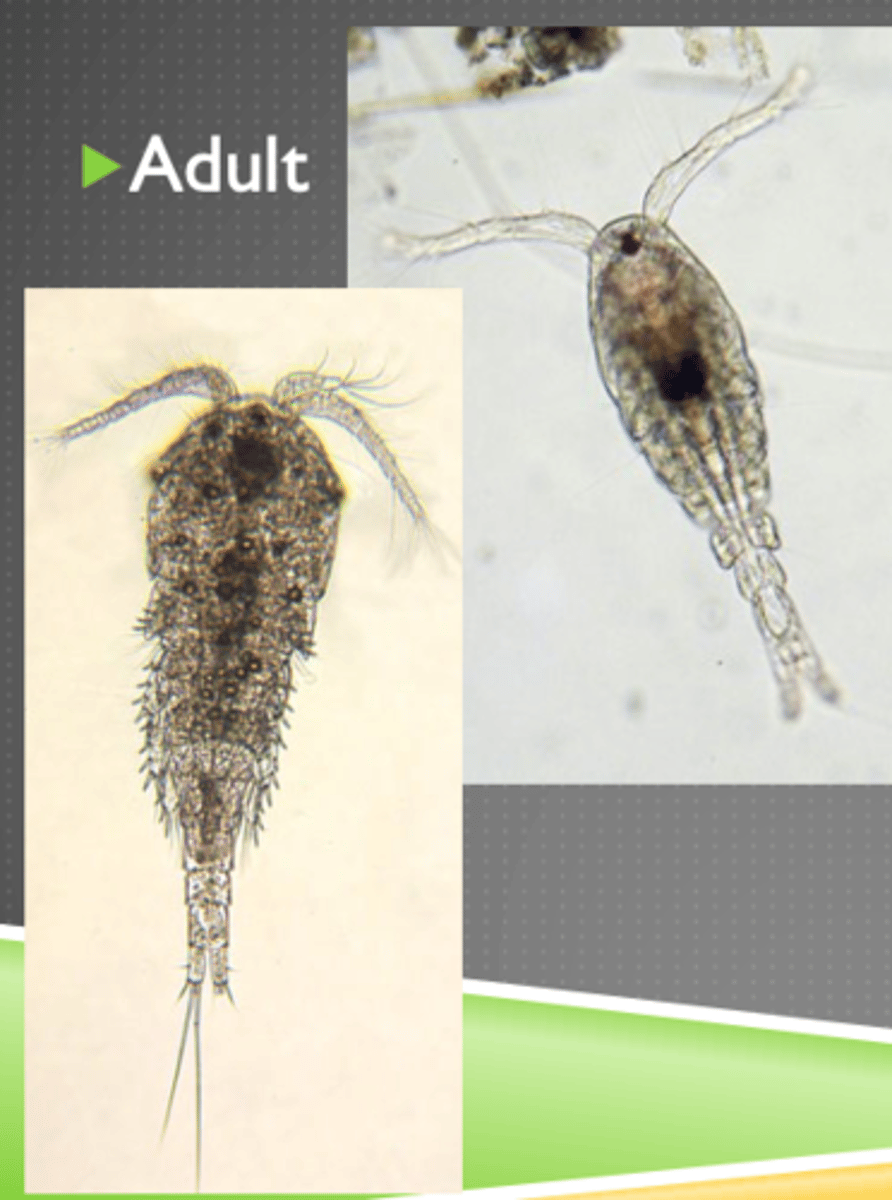
Crustacea - Nauplius
zooplankton
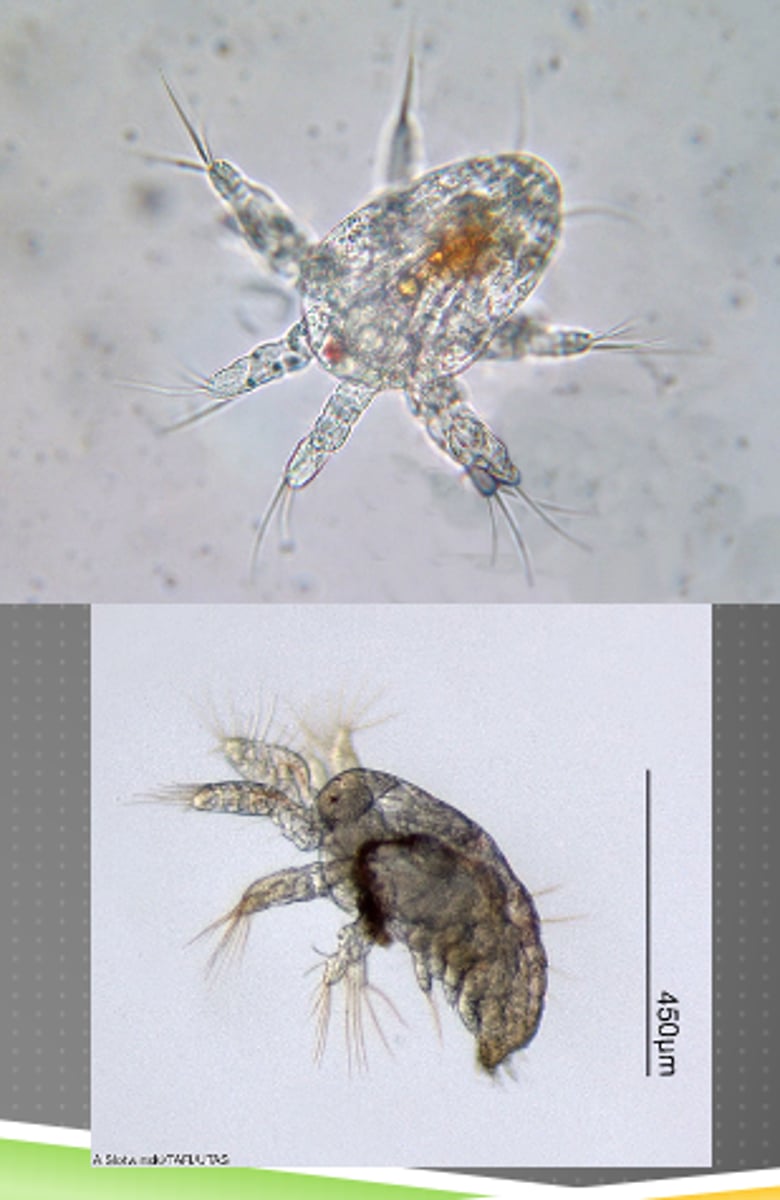
Oscillatoria (Cyanobacteria)
phytoplankton
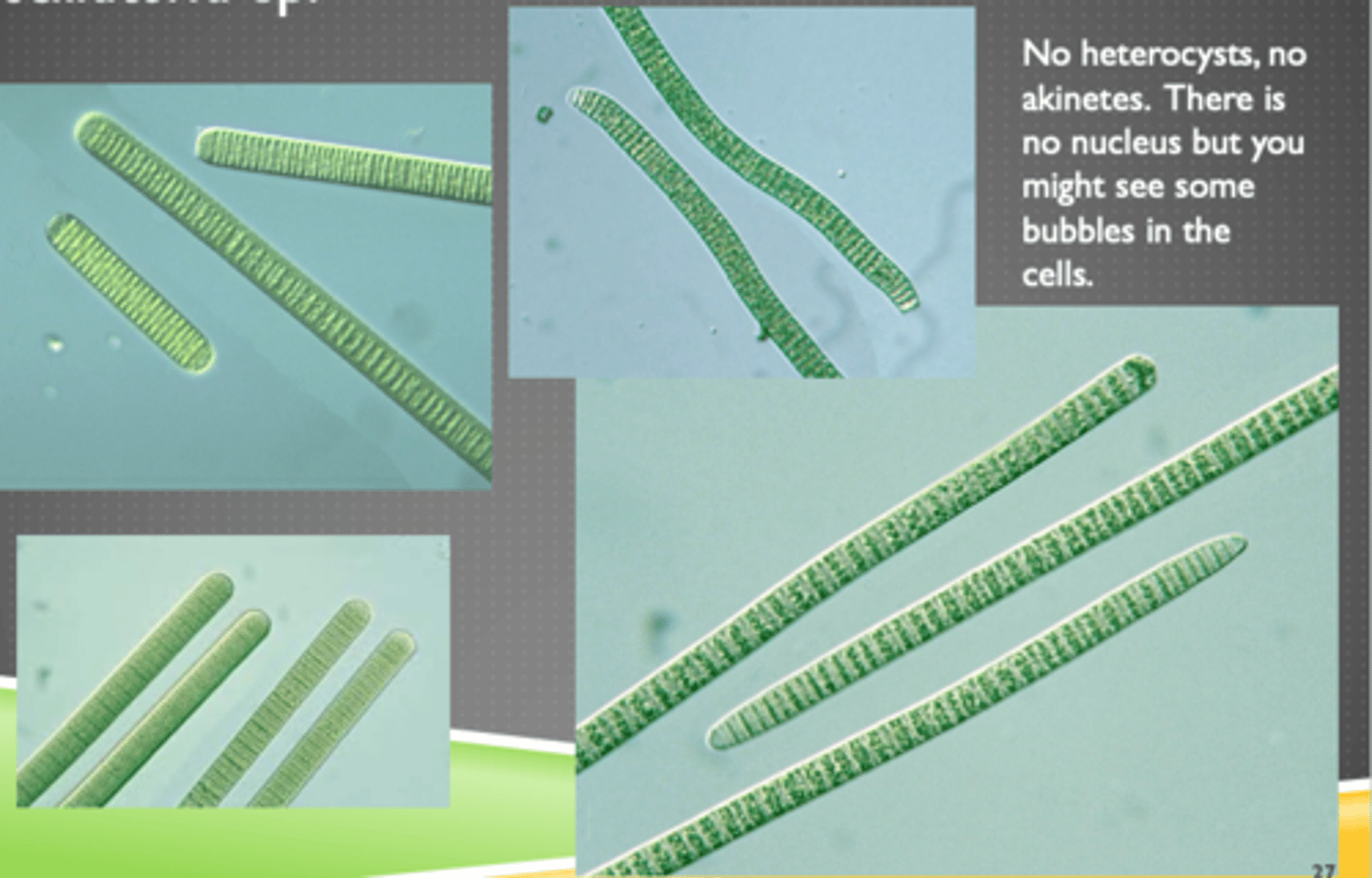
Gloeocapsa (Cyanobacteria)
phytoplankton
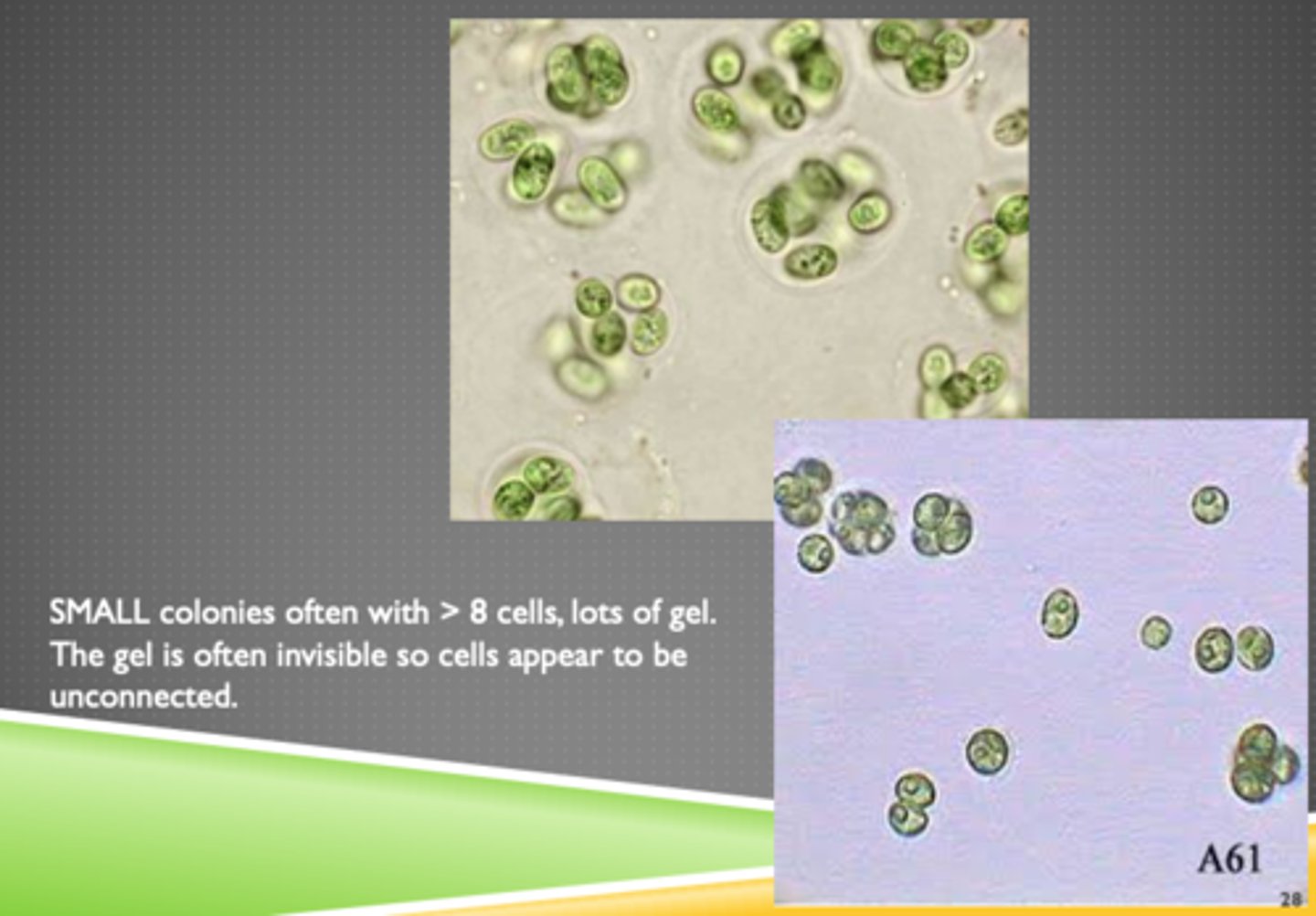
Euglena (Excavata)
Phytoplankton
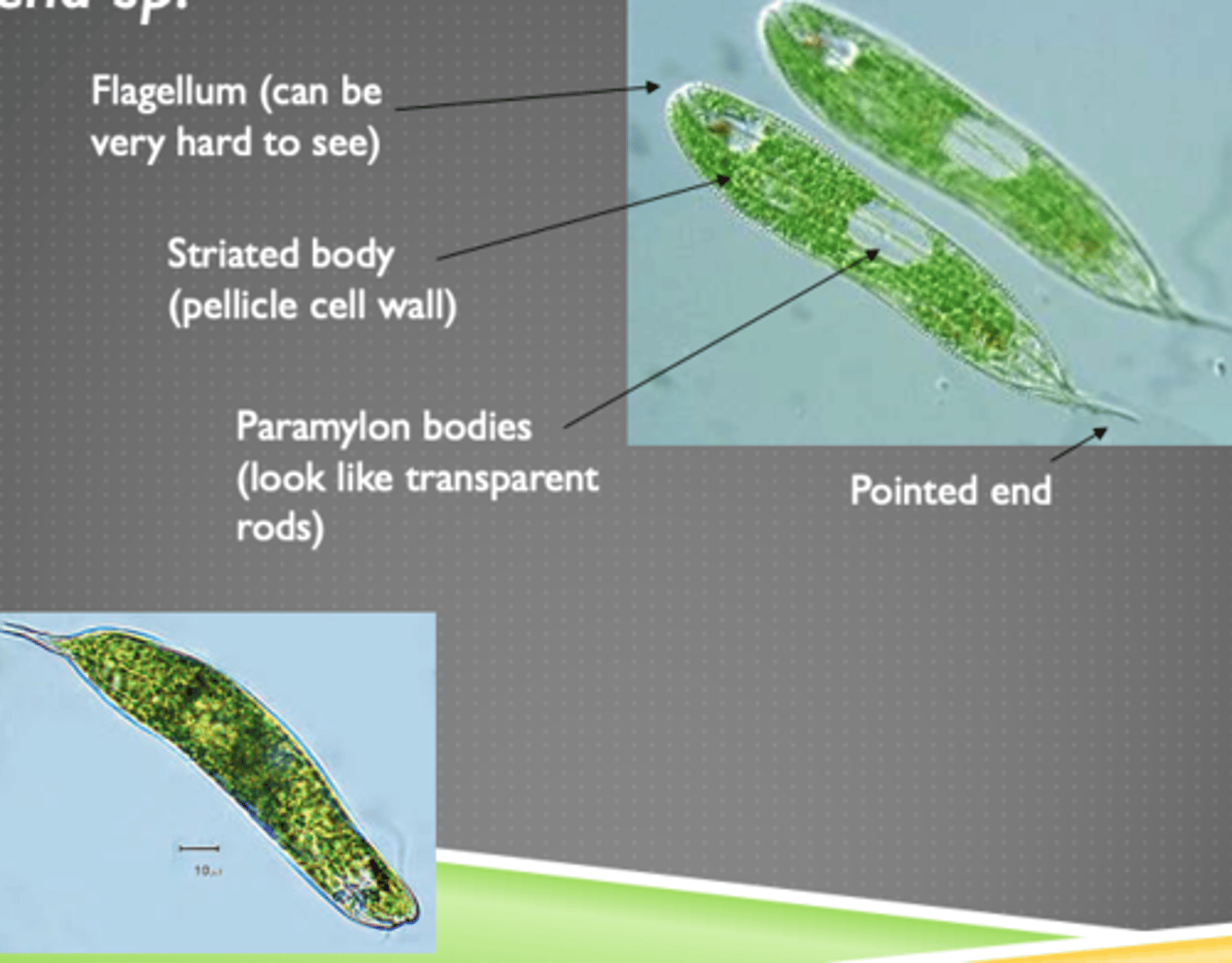
Microcystis (Cyanobacteria)
phytoplankton
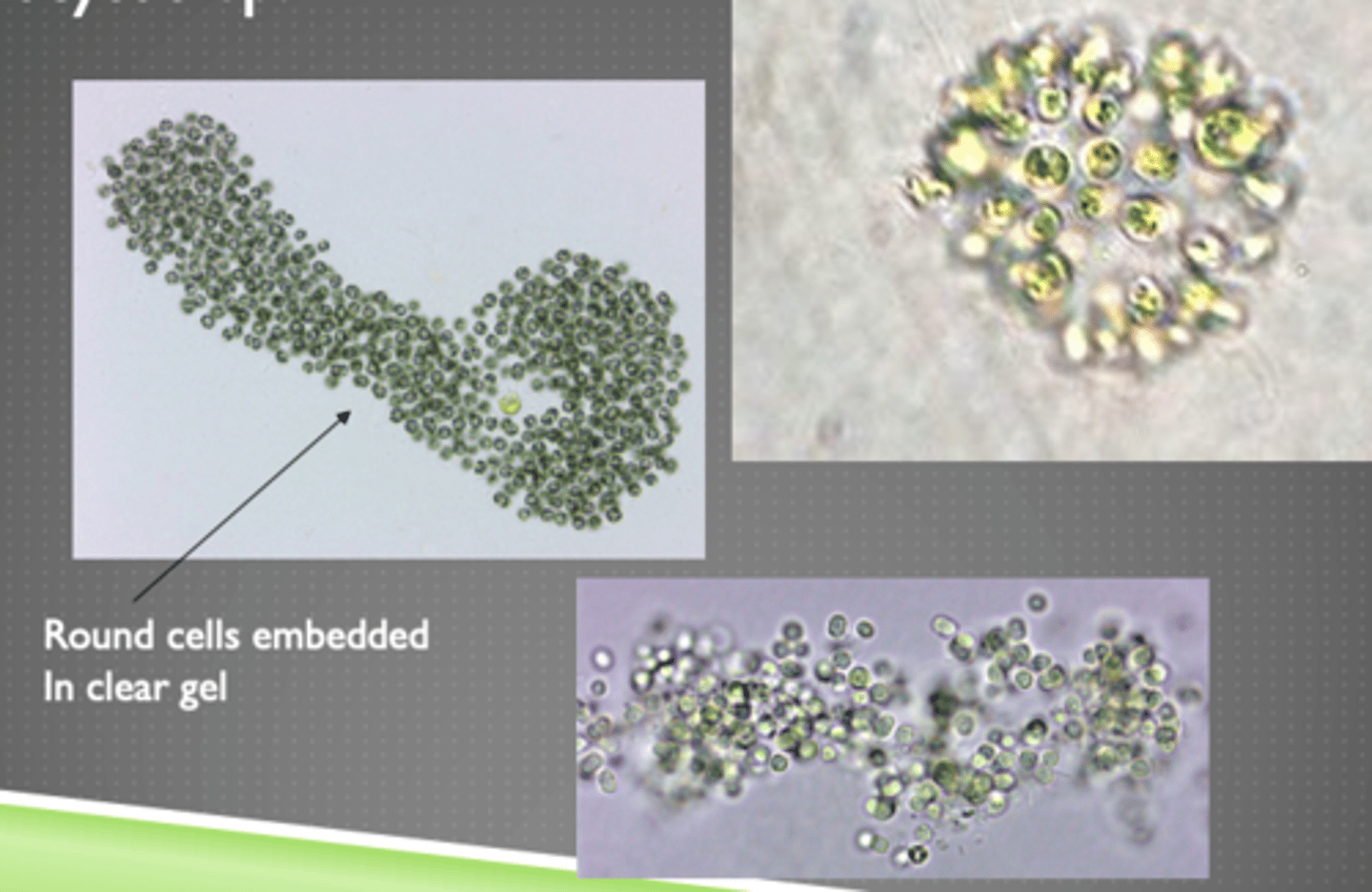
Dinobryon (stramenopile)
Phytoplankton
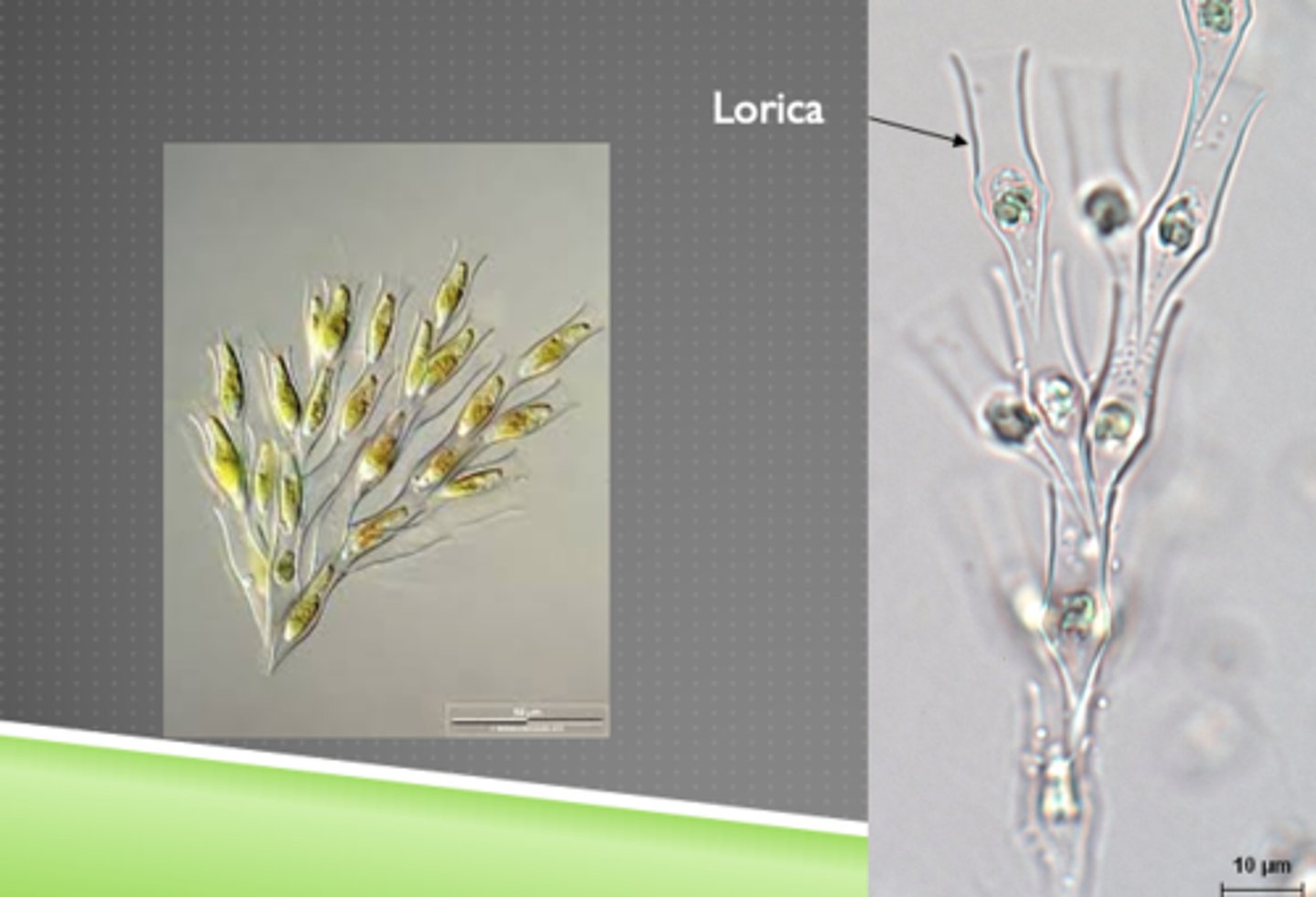
Pennate diatom (Stramenophil)
Phytoplankton
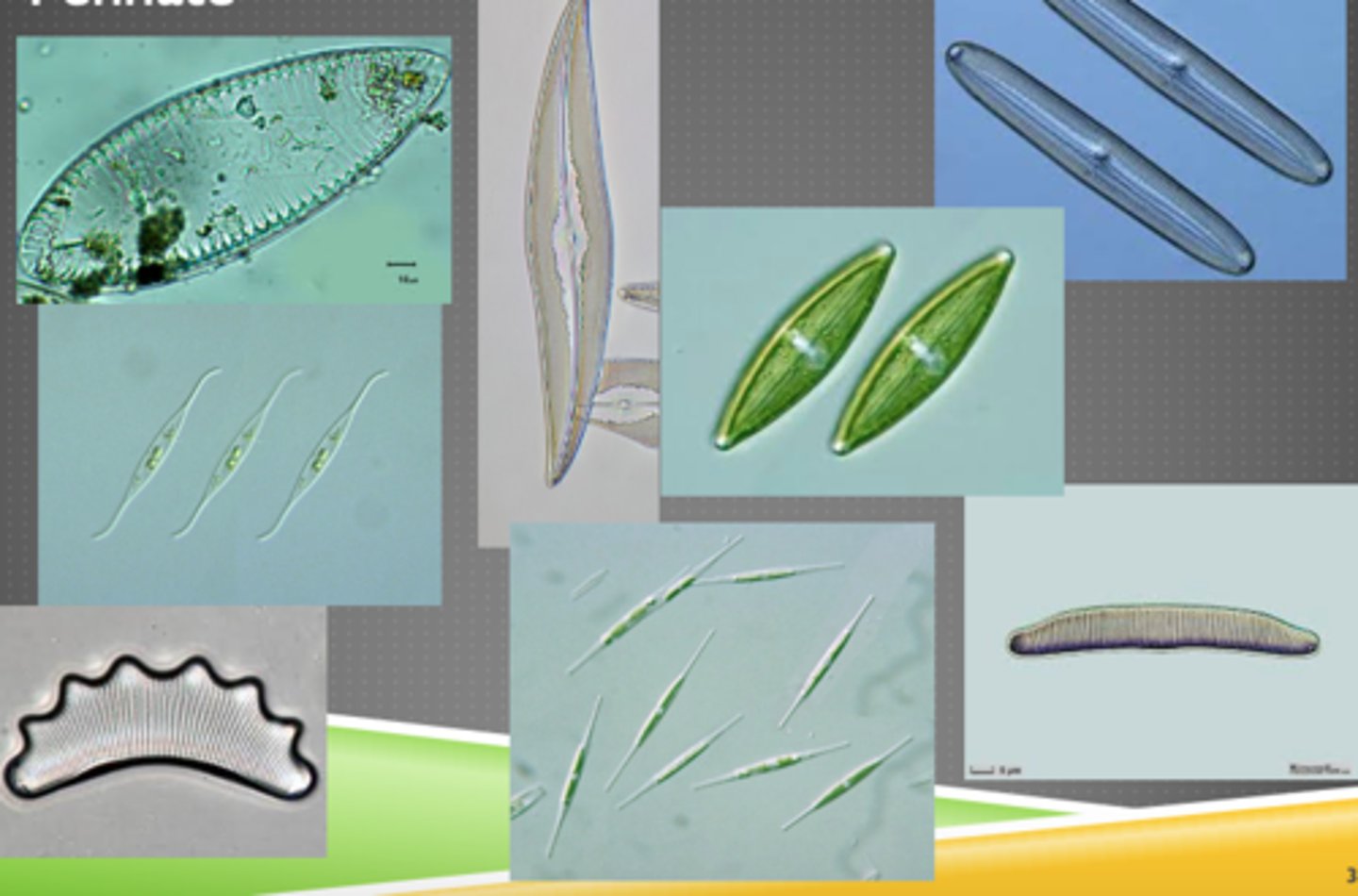
Colonial Diatom (Stramenophil)
Phytoplankton
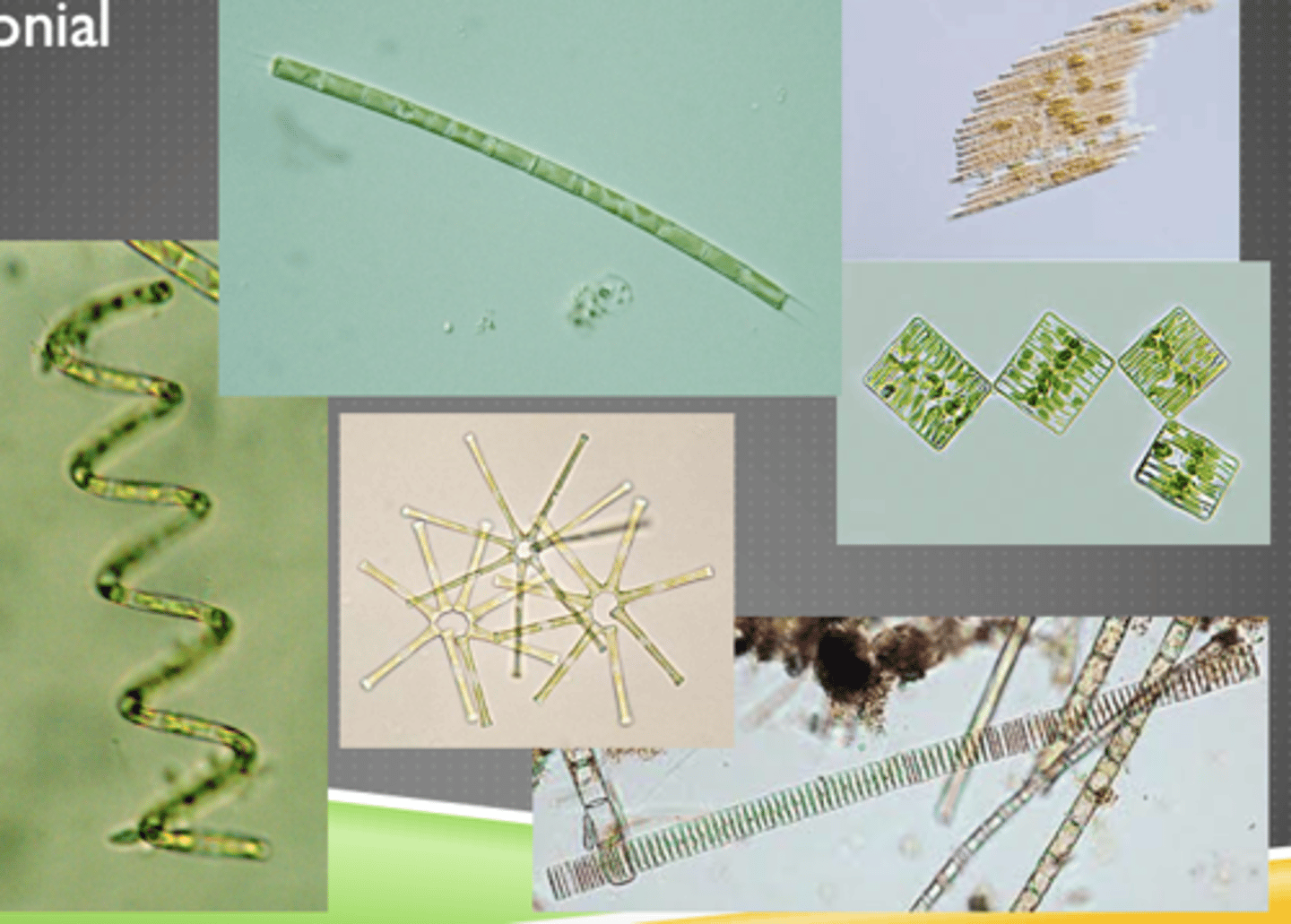
Pediastrum (Archaeplastida - Chlorophyte)
Phytoplankton
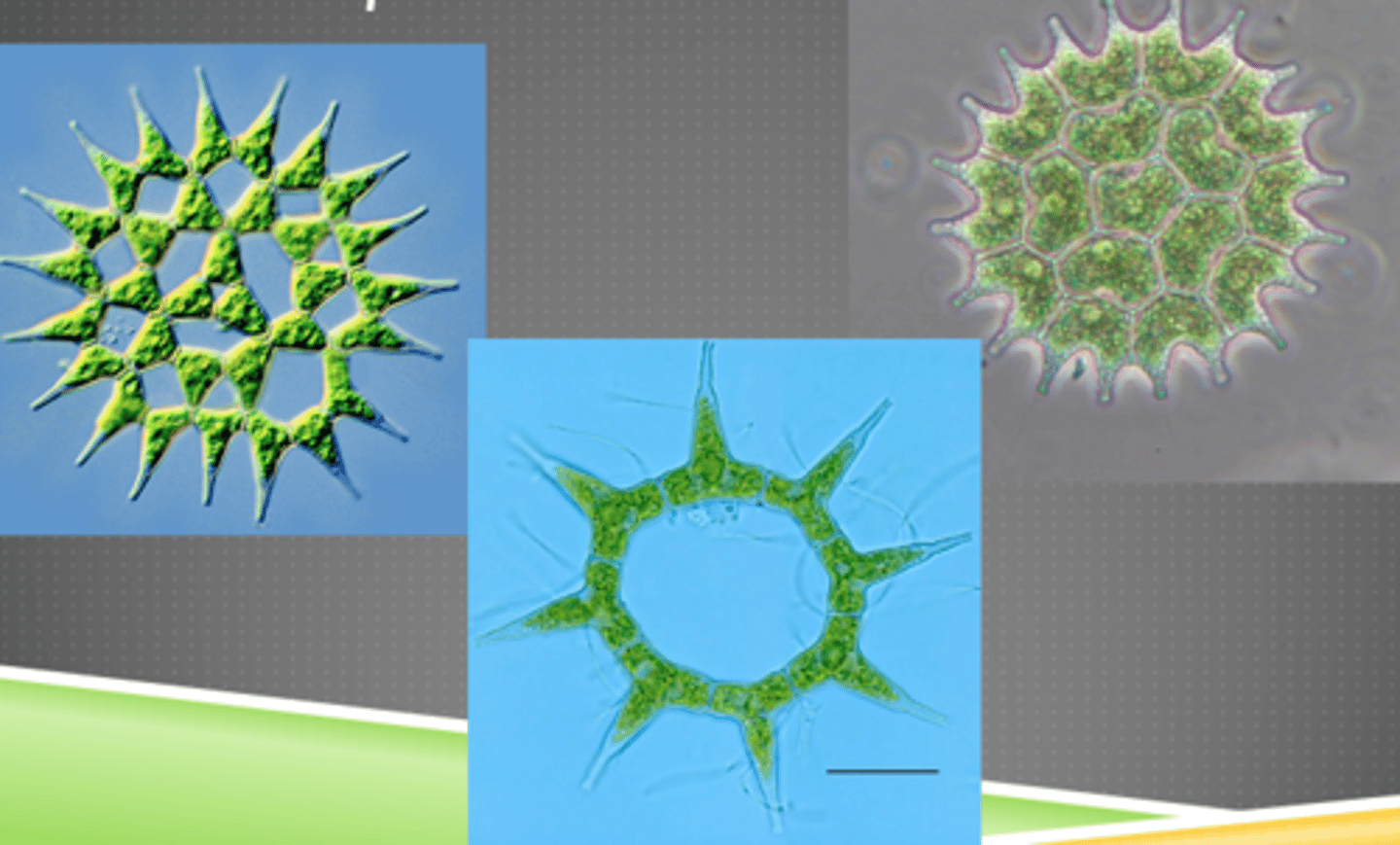
Volvox (Archaeplastida - Chlorophyte)
Phytoplankton
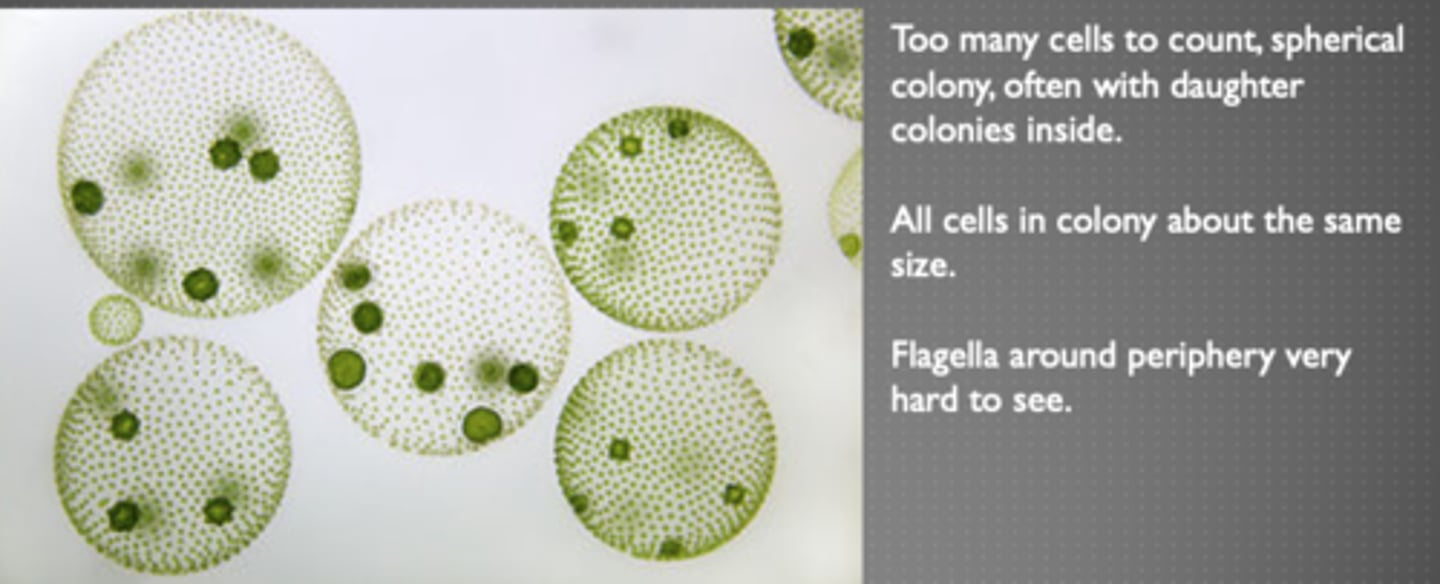
Closterium (Archaeplastida - Charophyte)
Phytoplankton
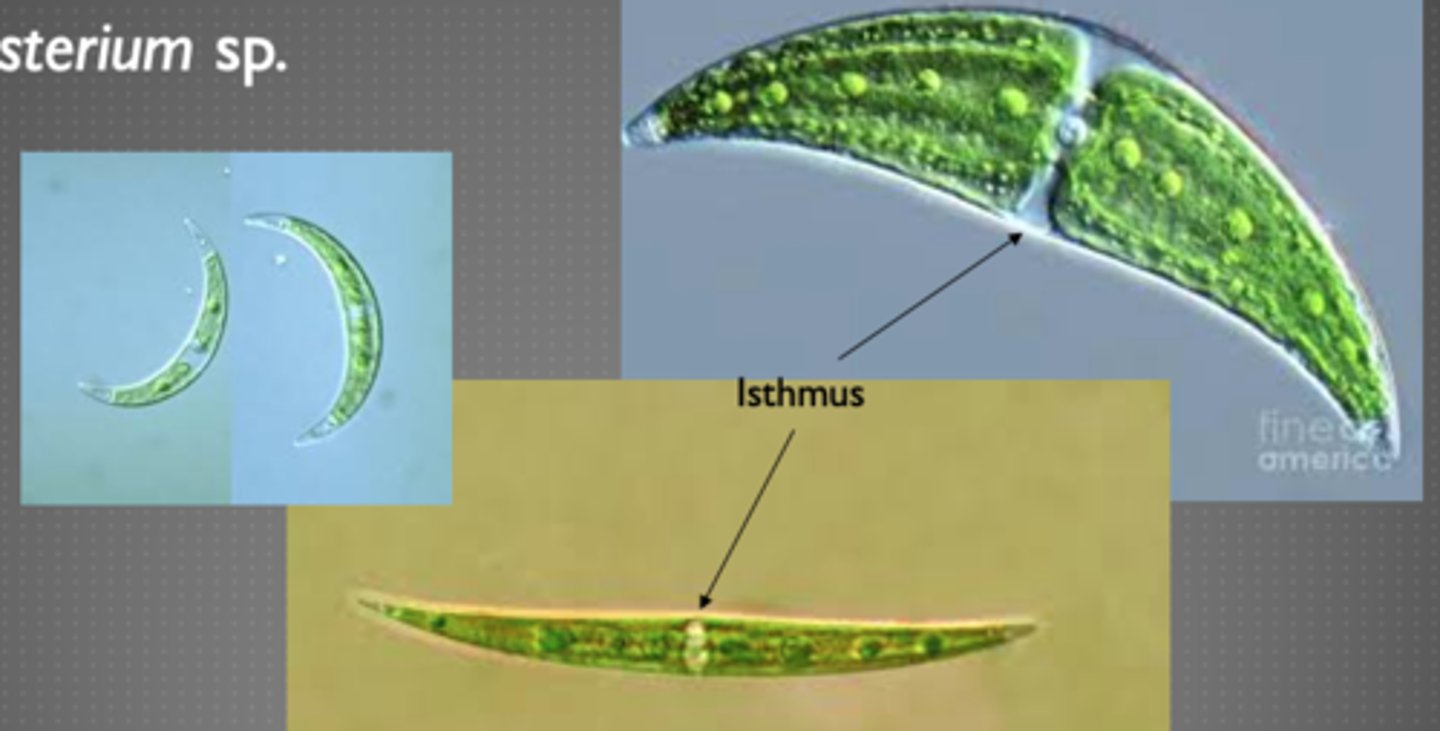
Spirogyra (Archaeplastida - Charophyte)
Phytoplankton
